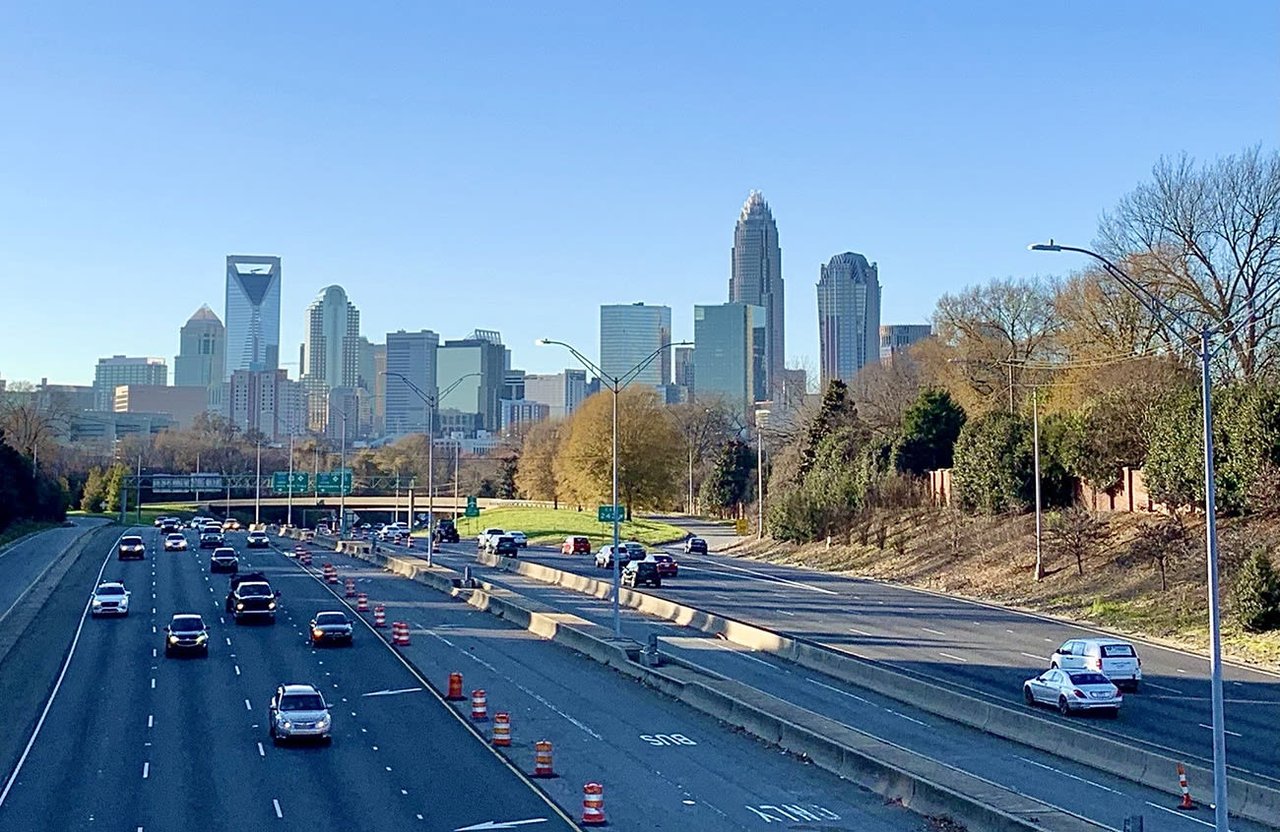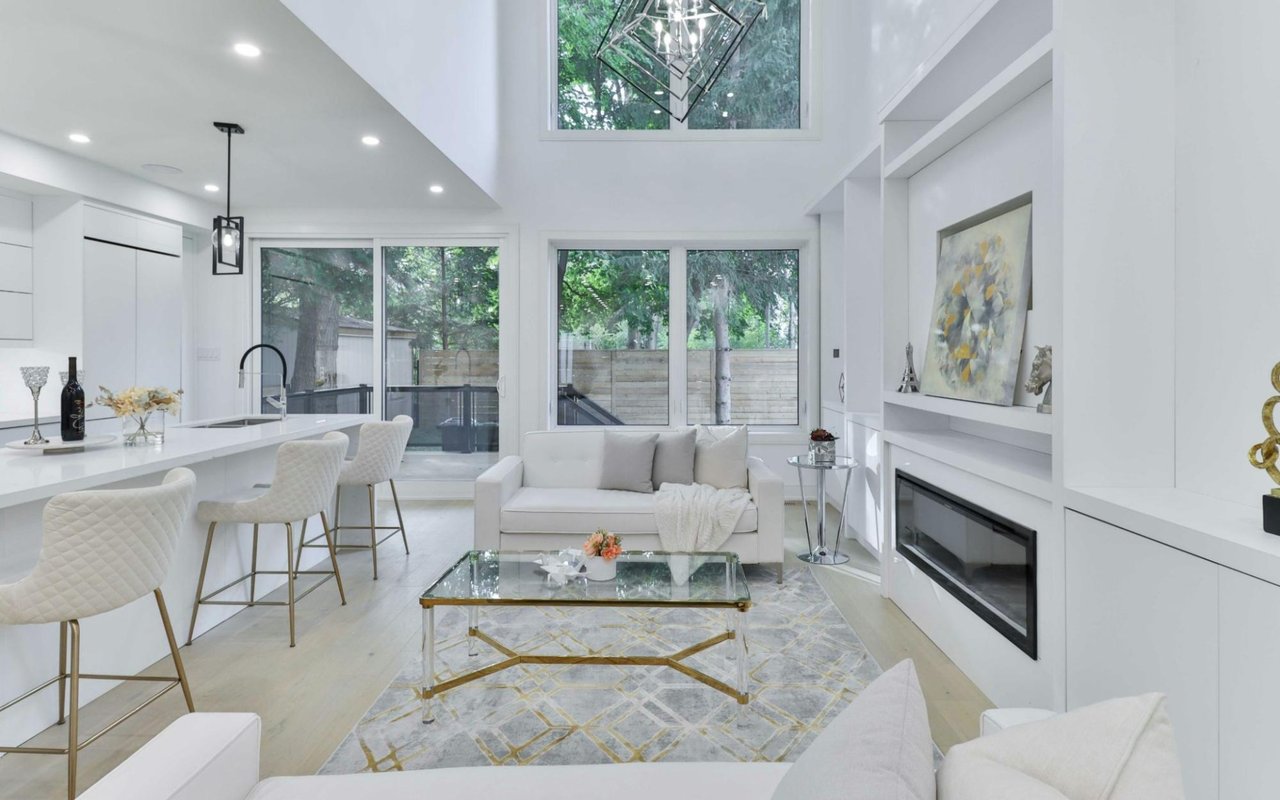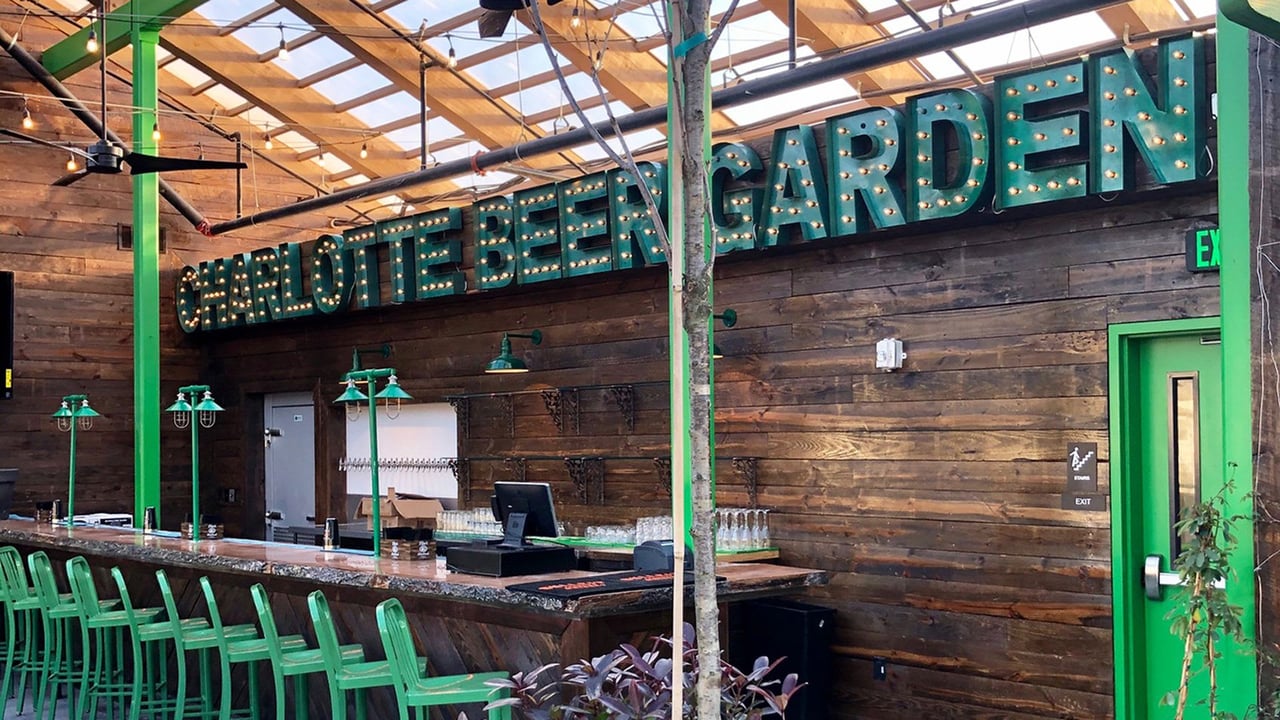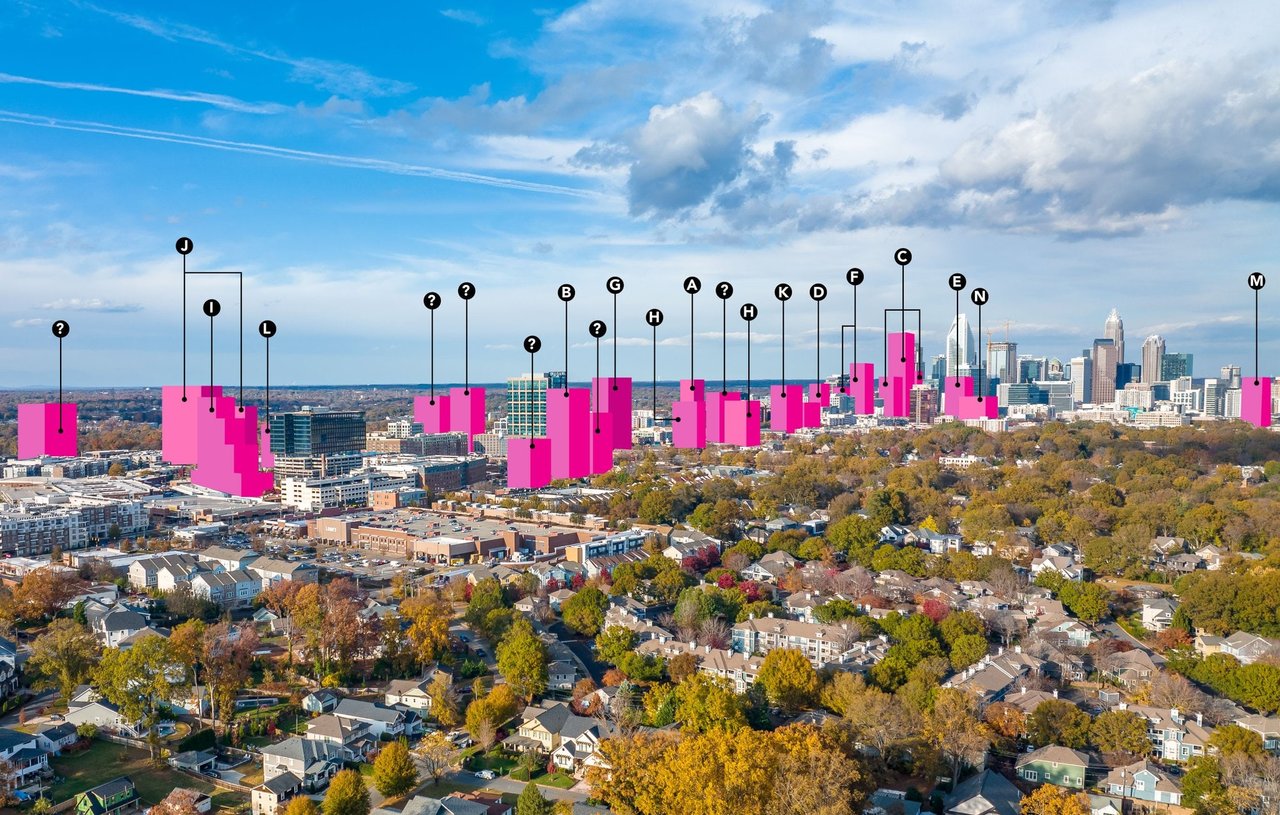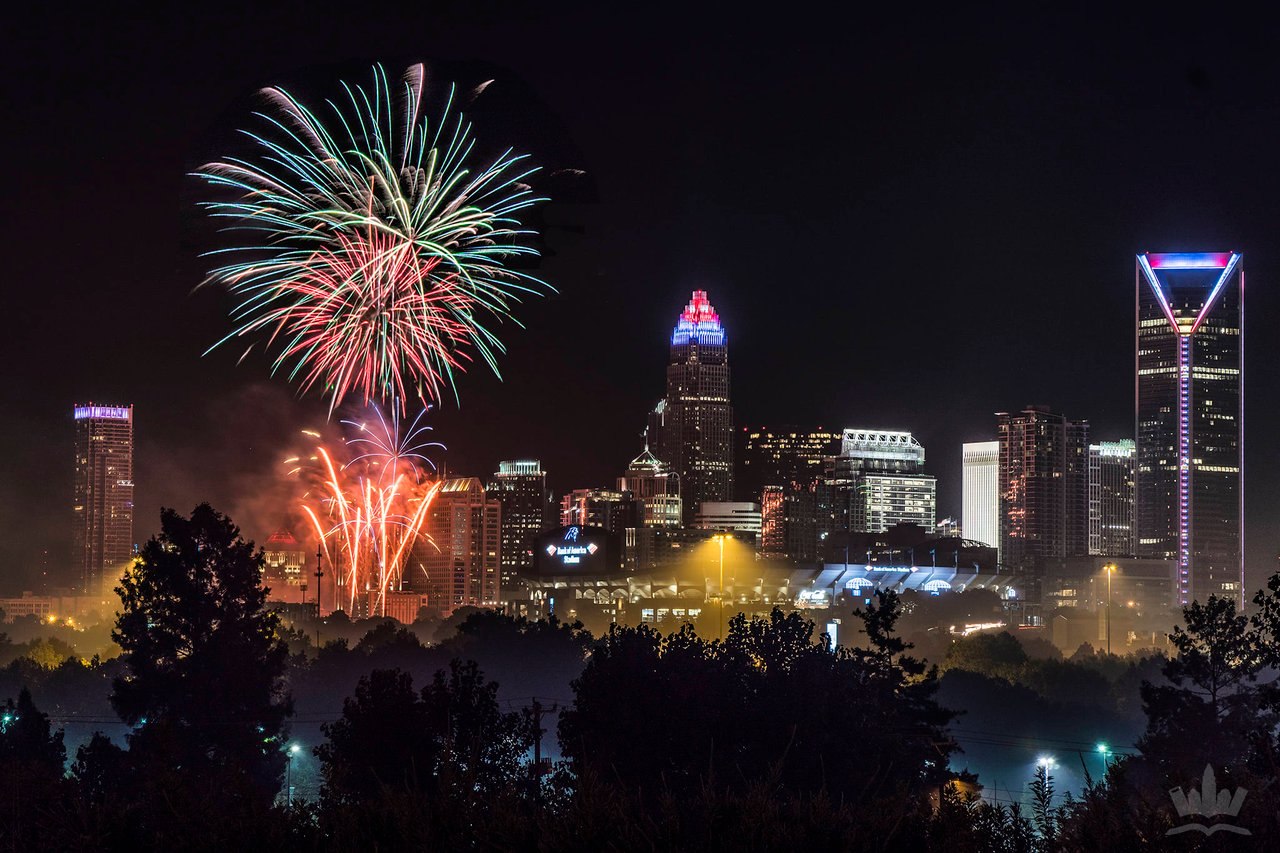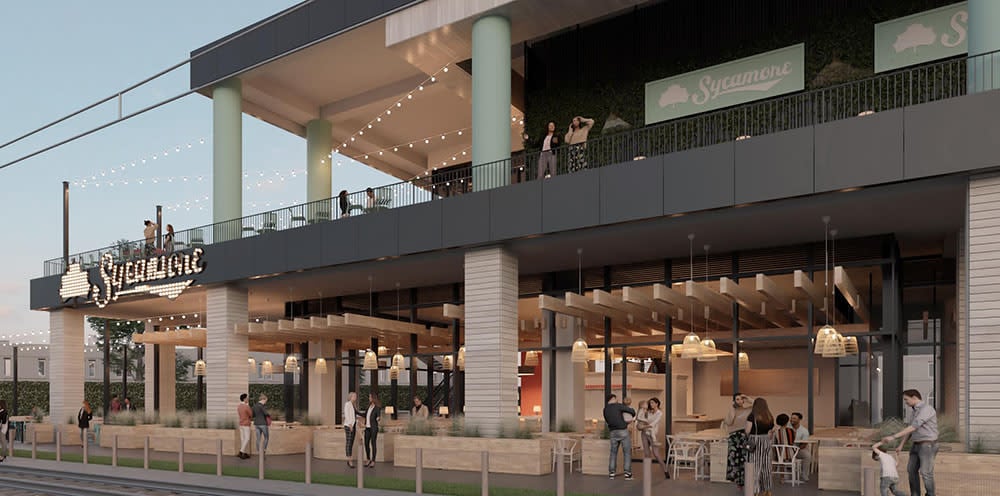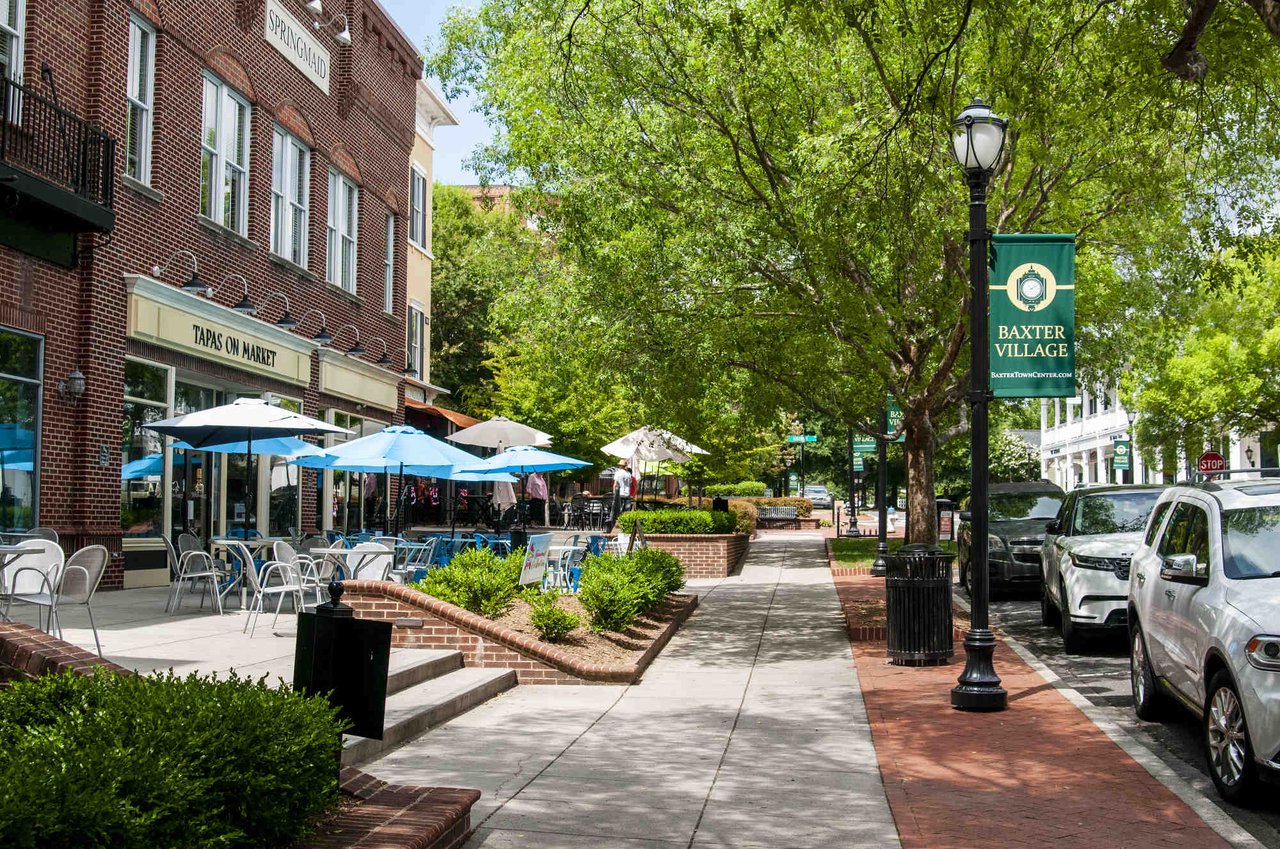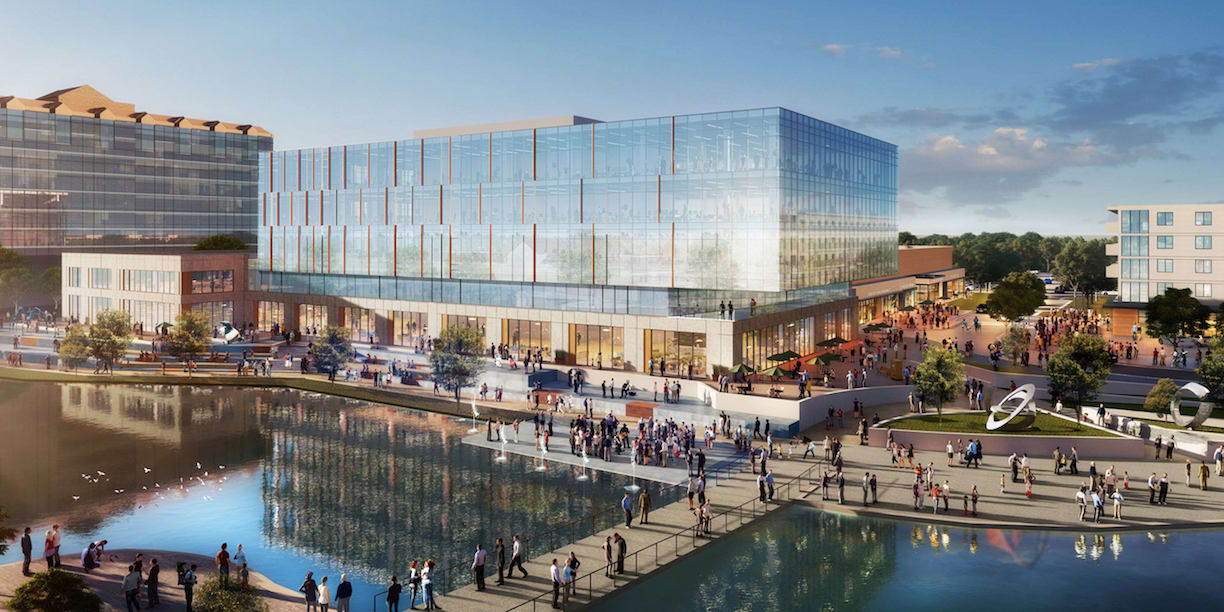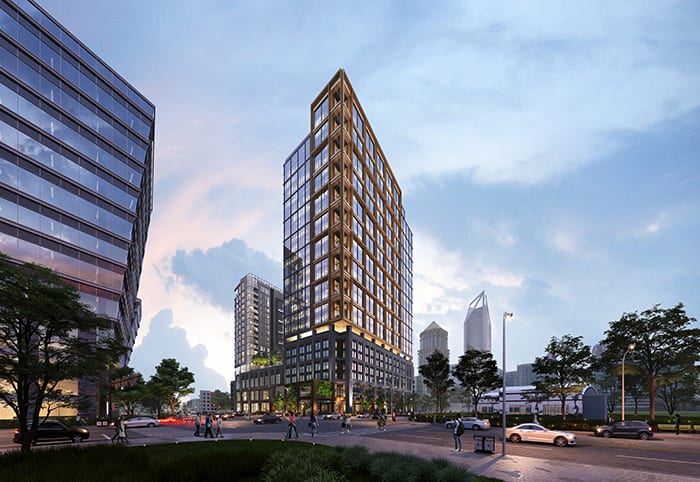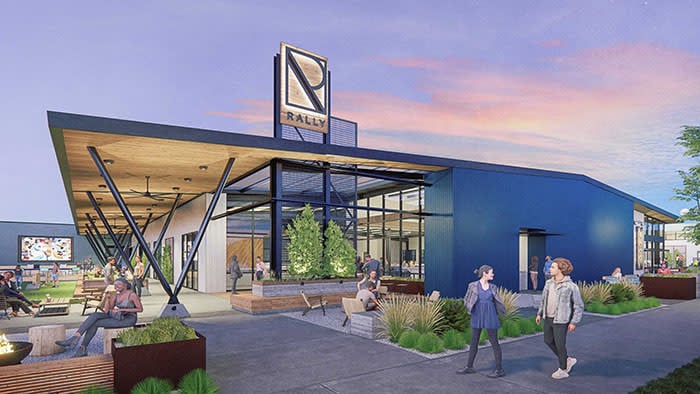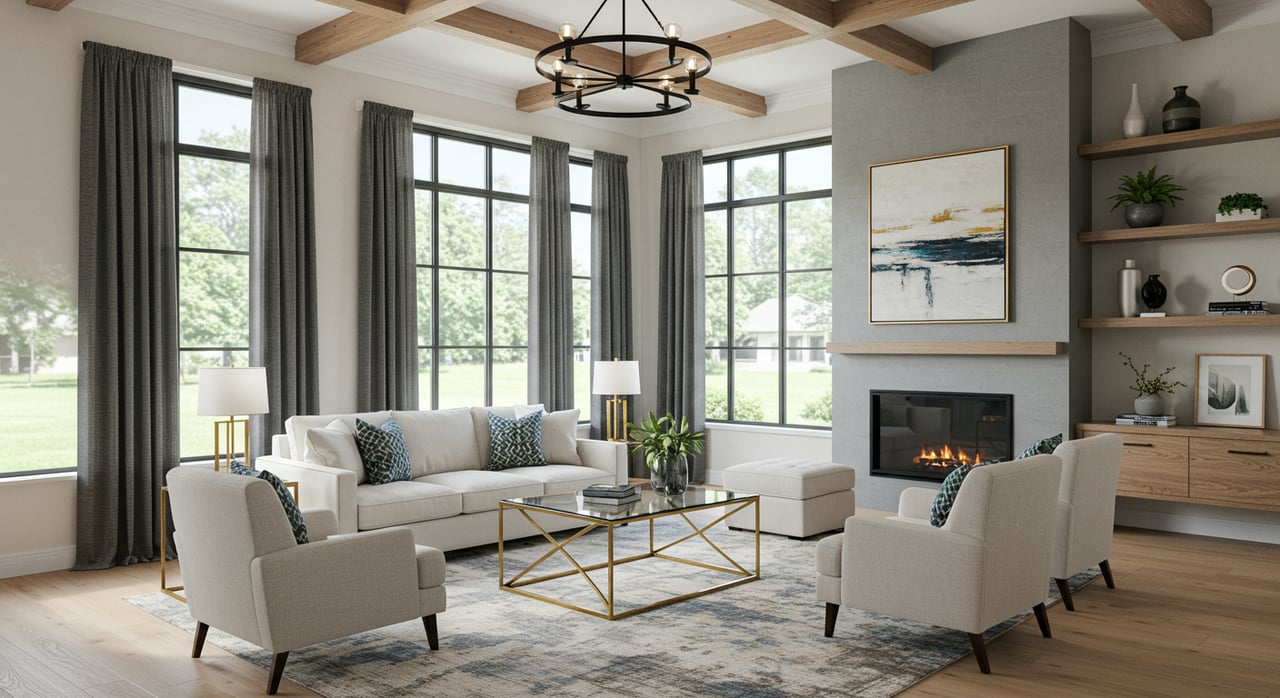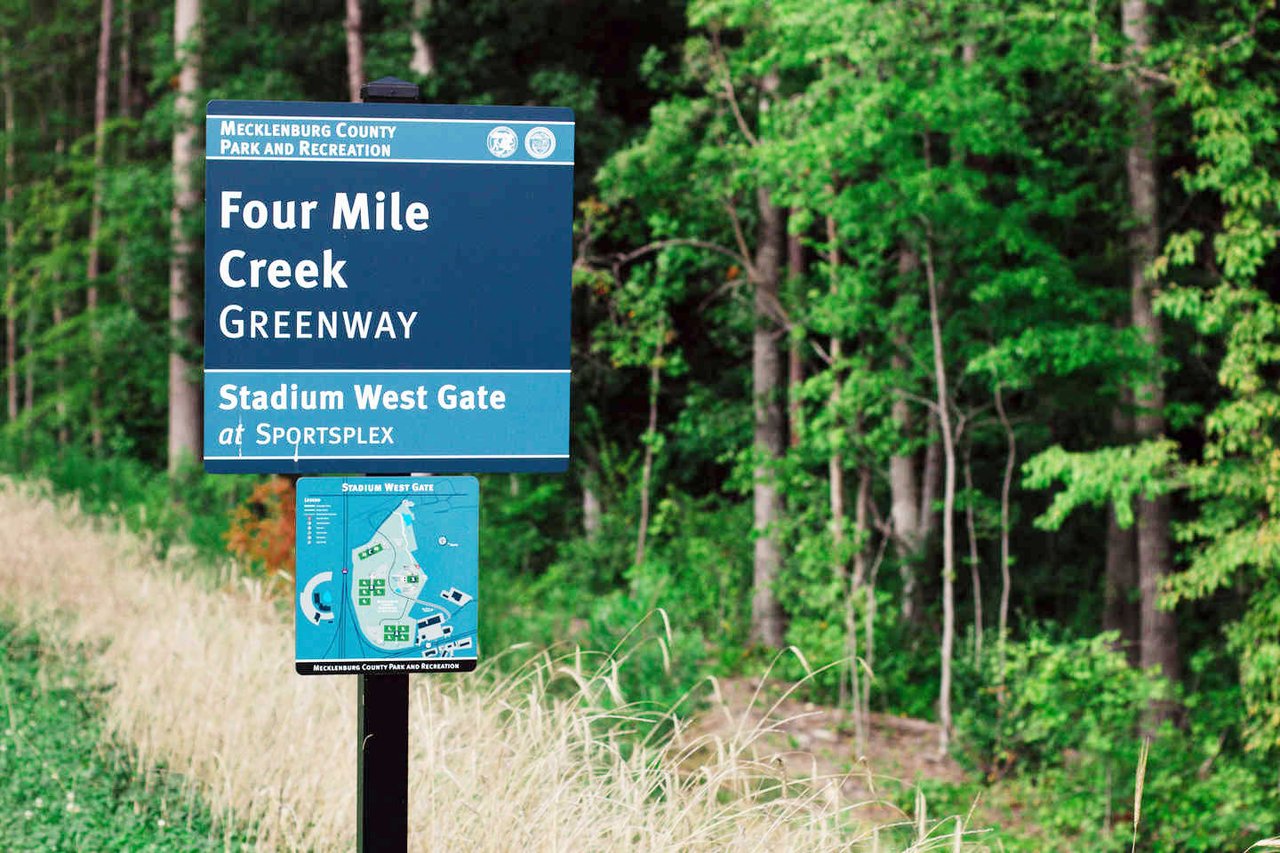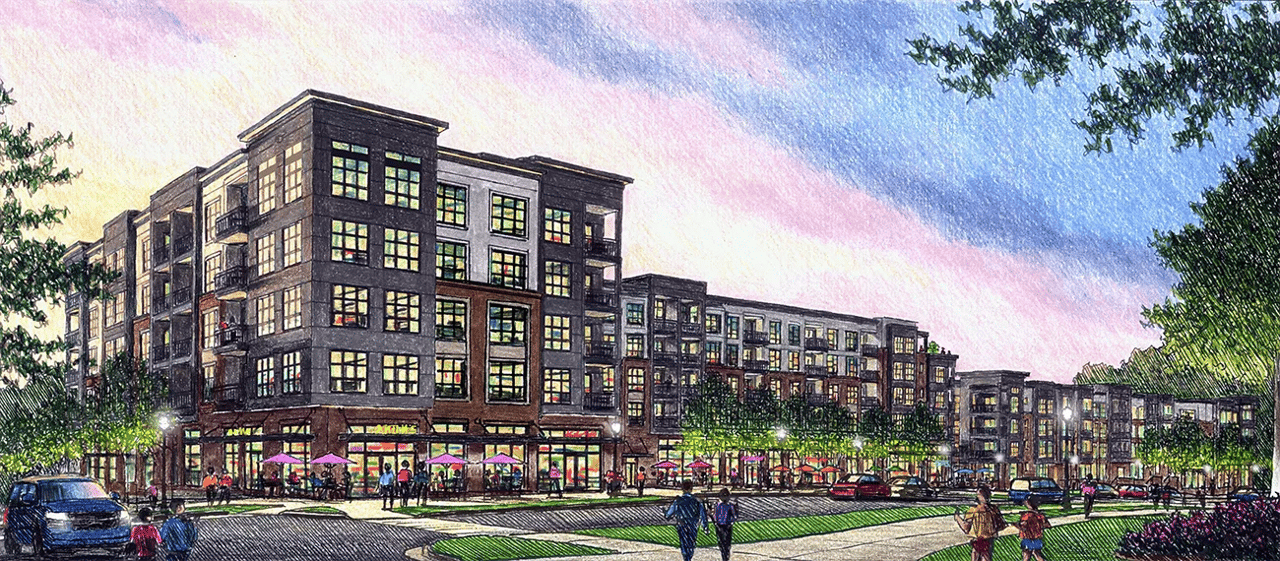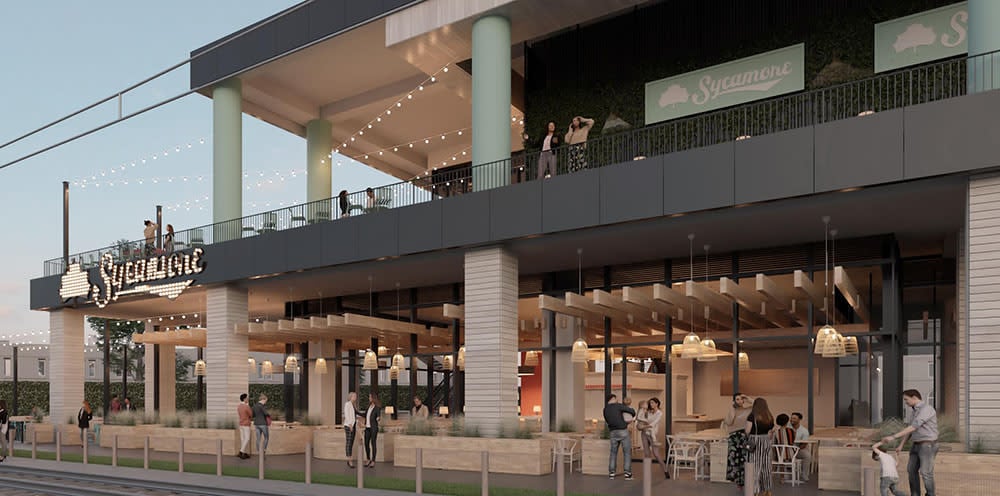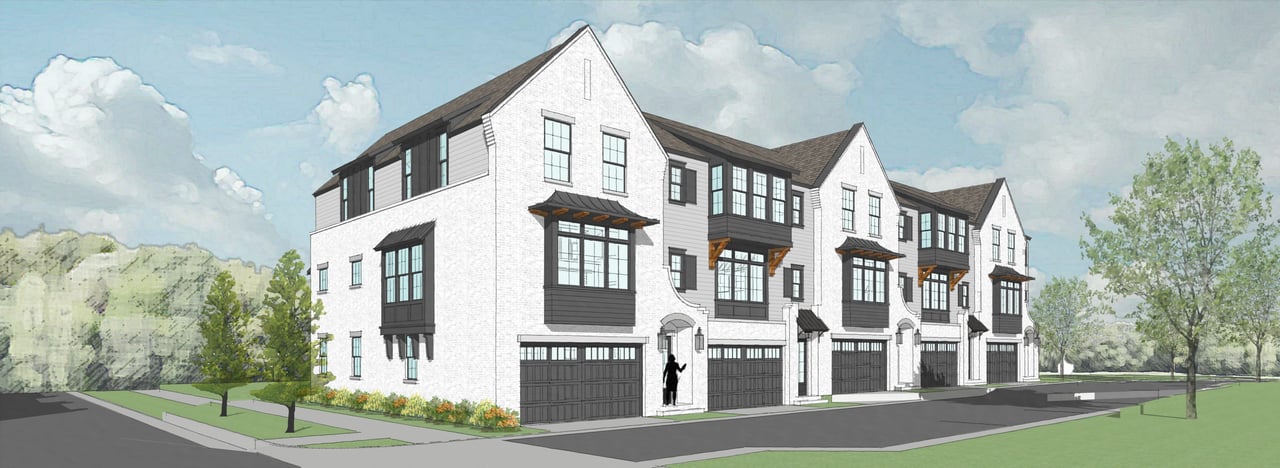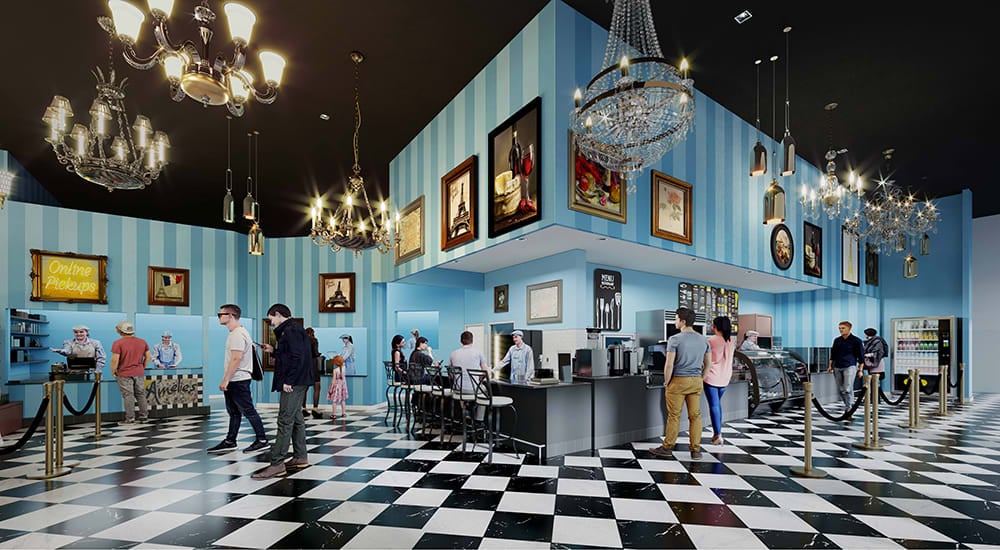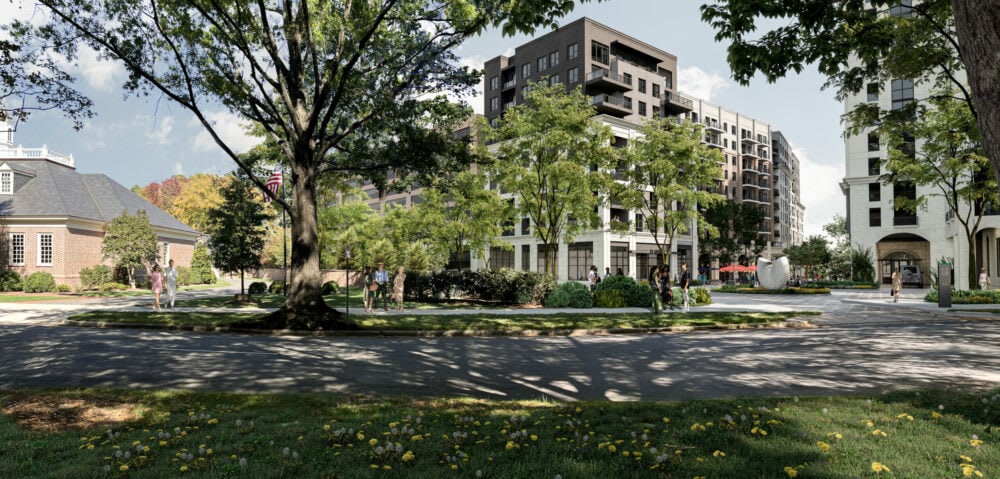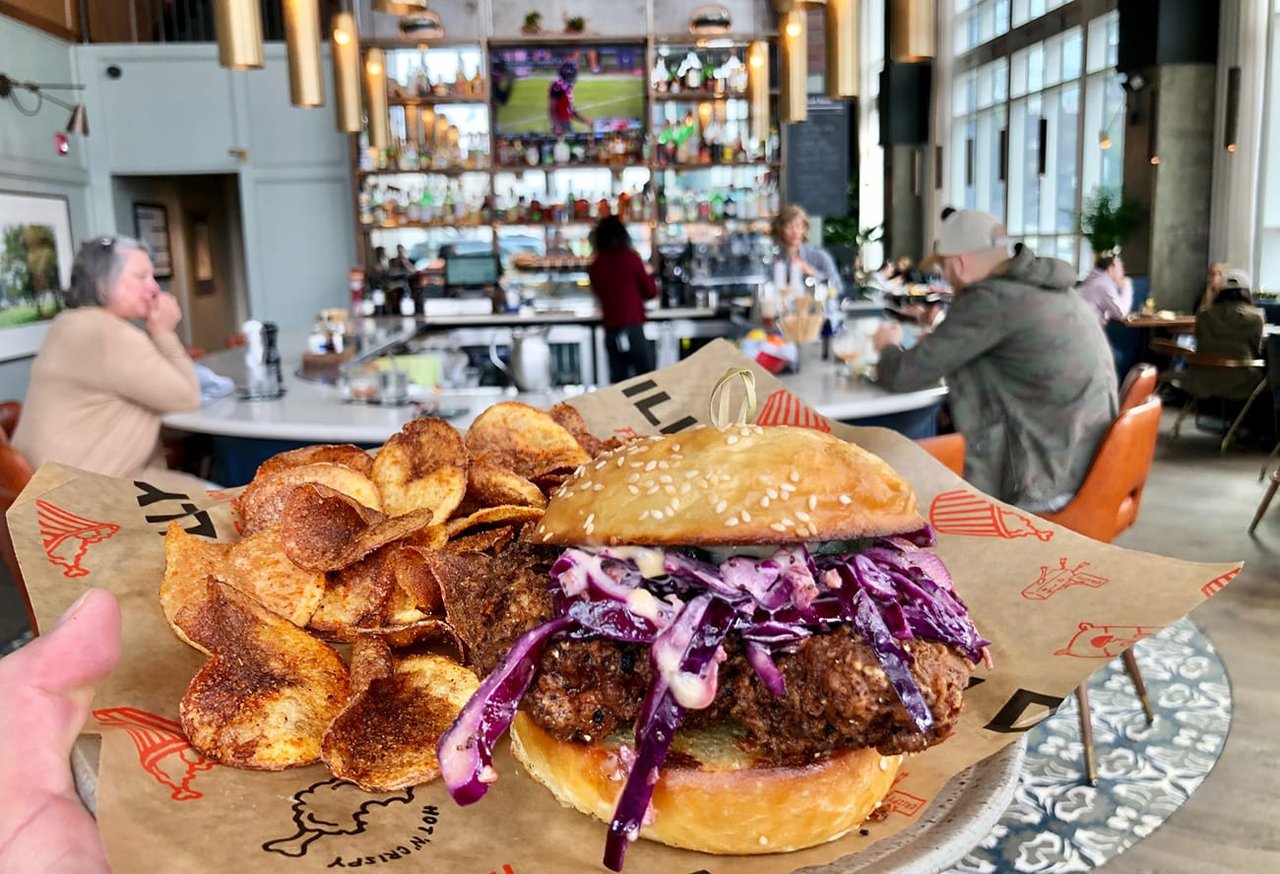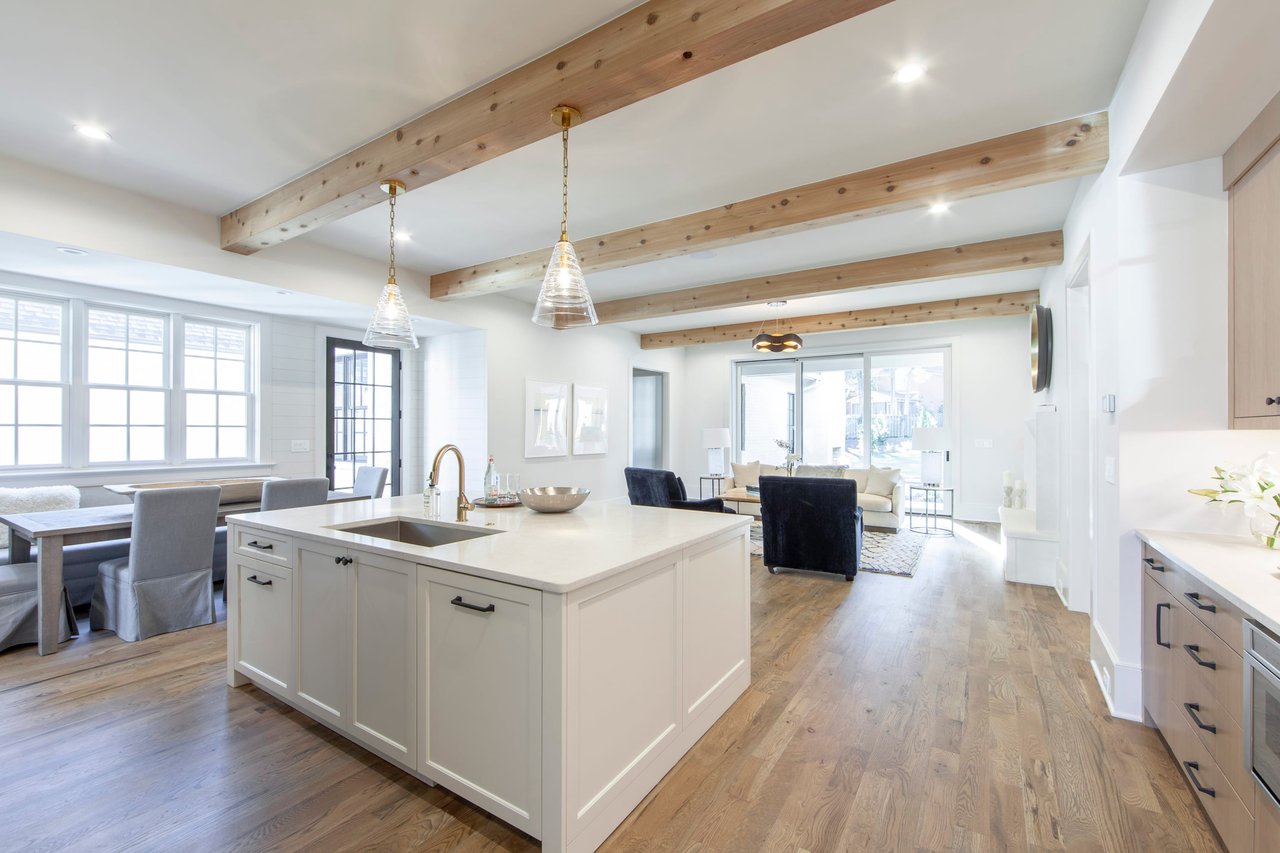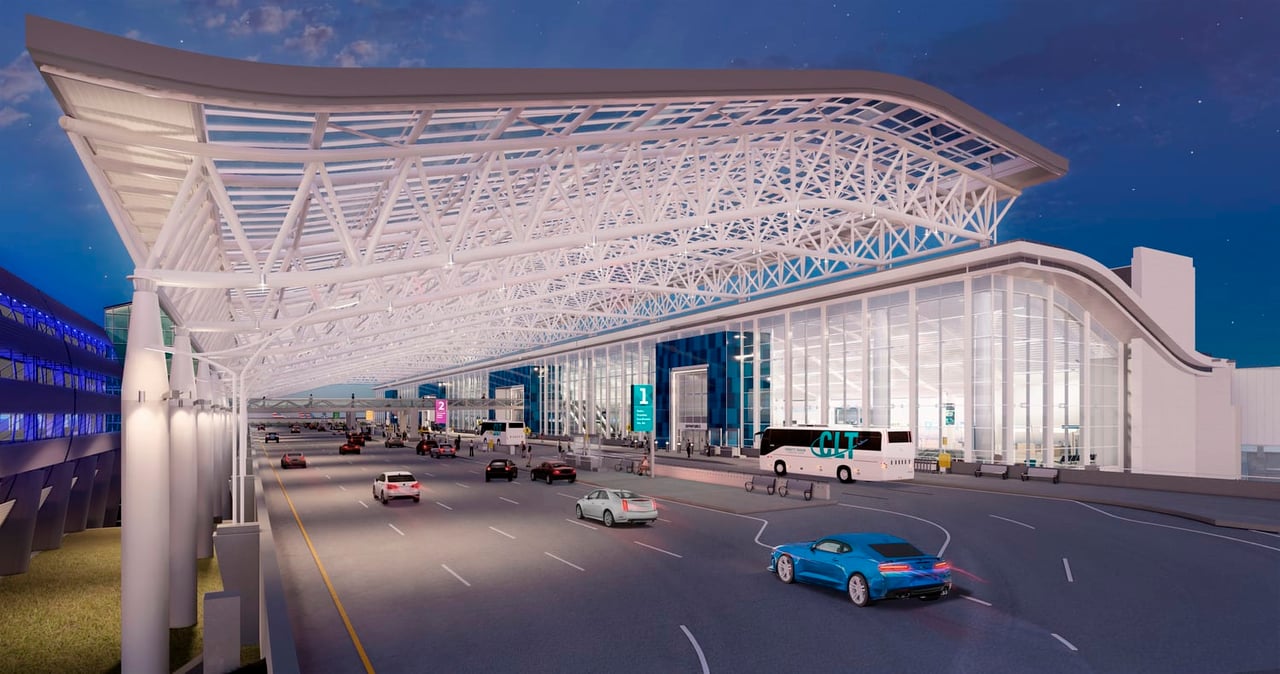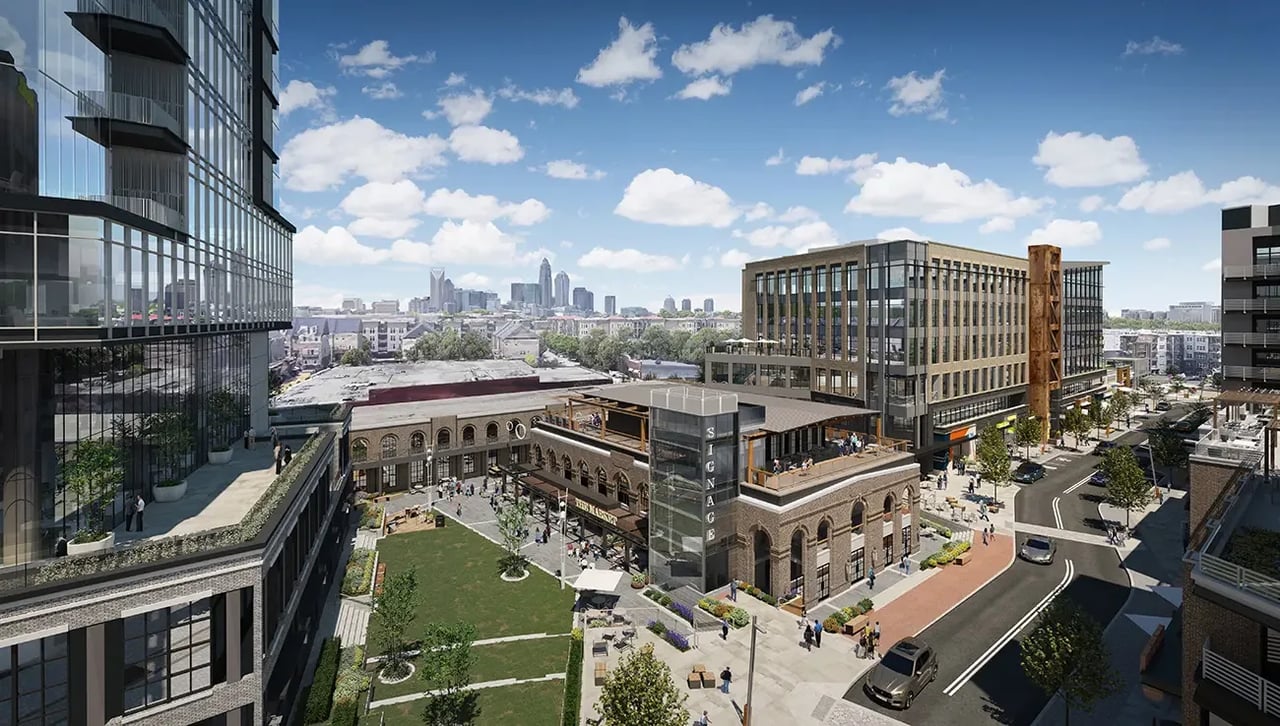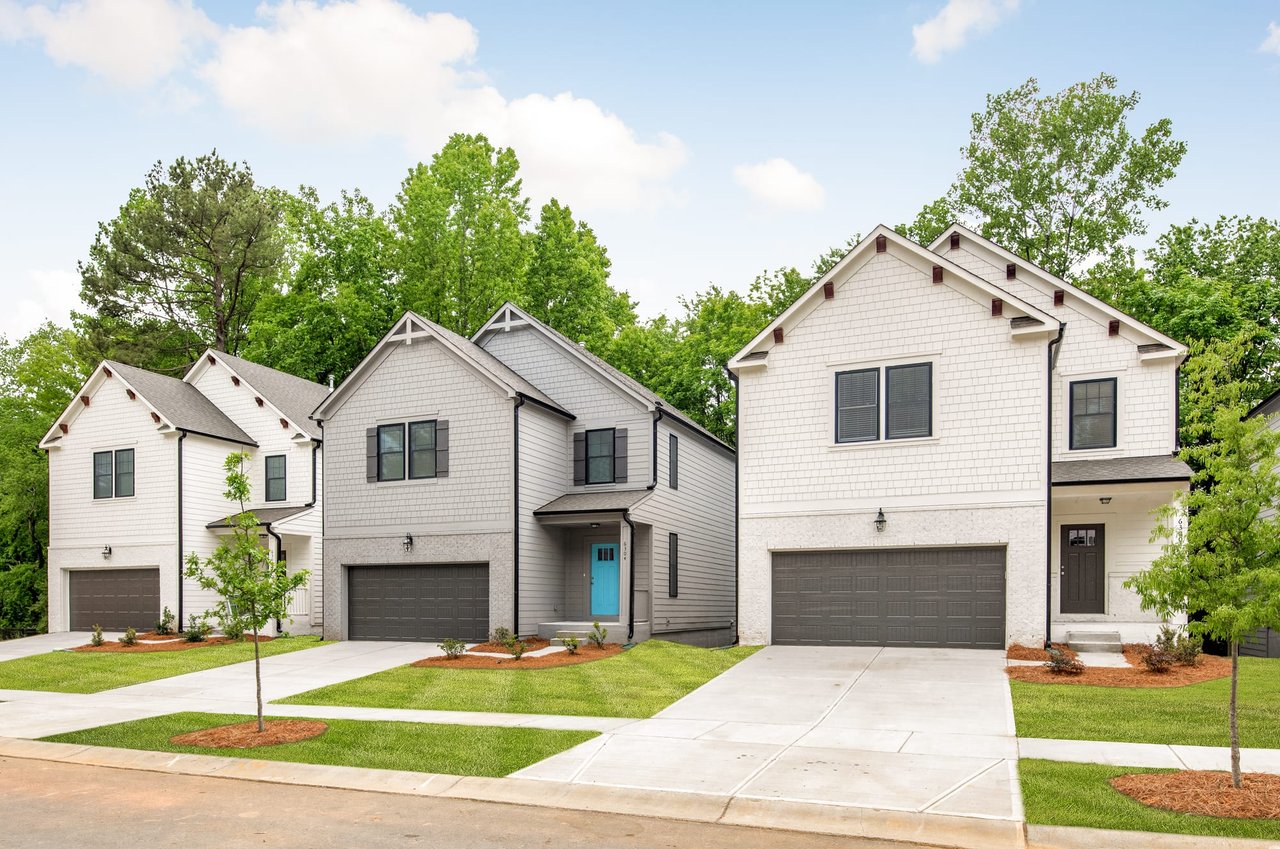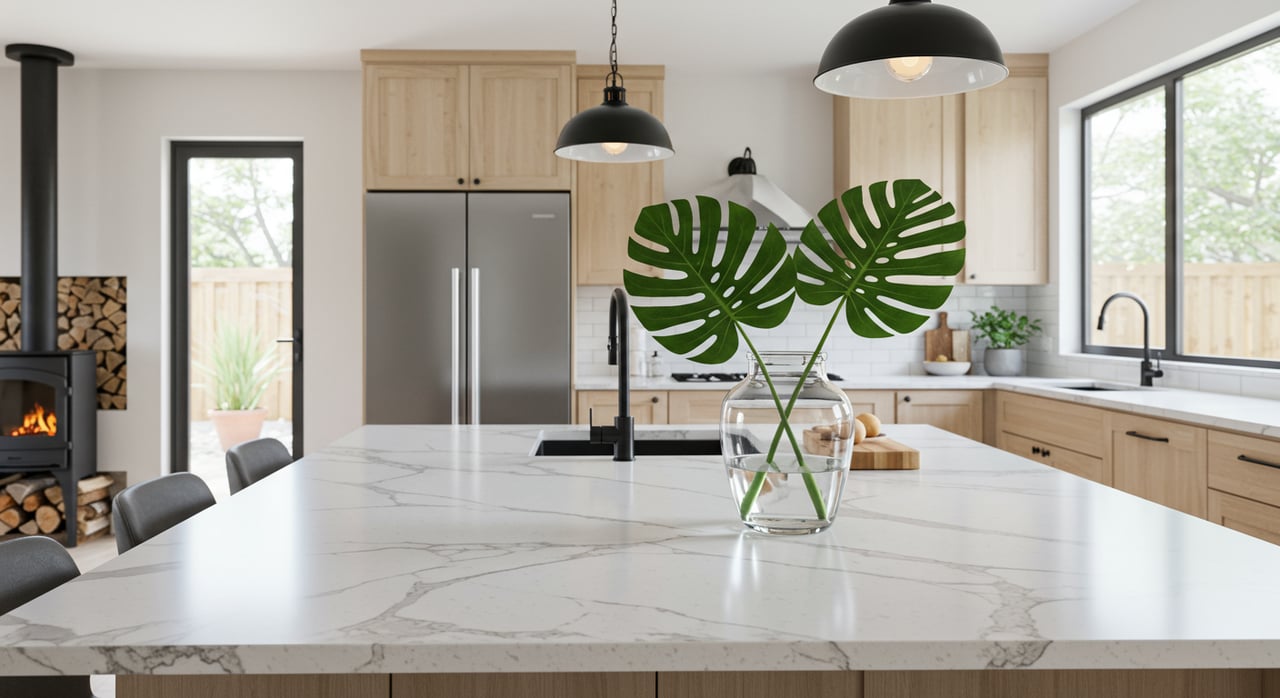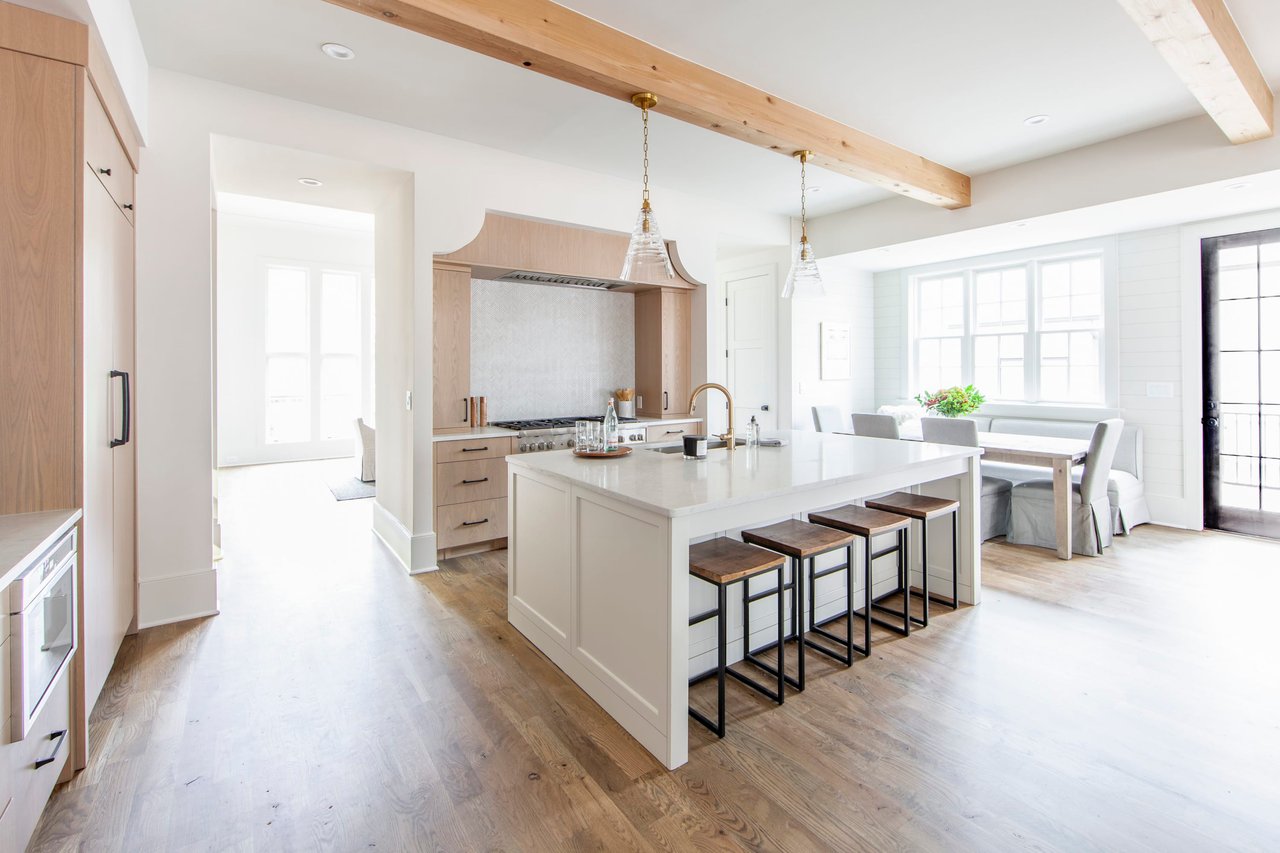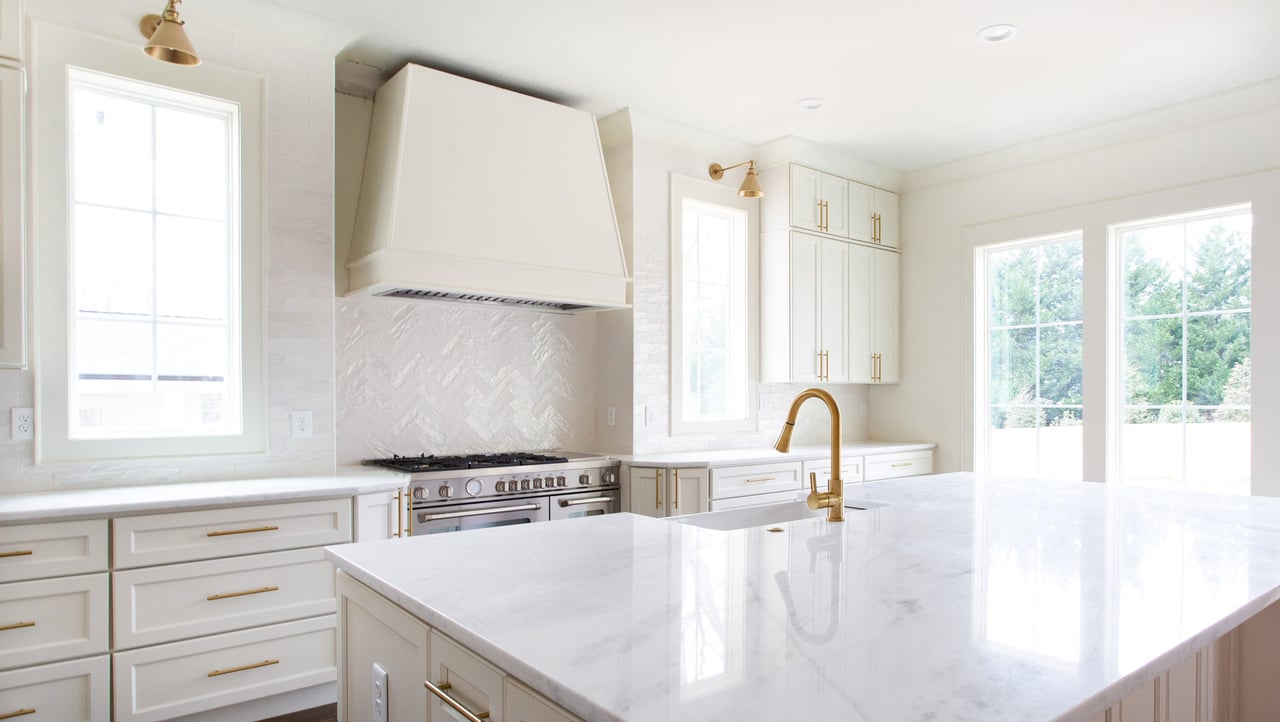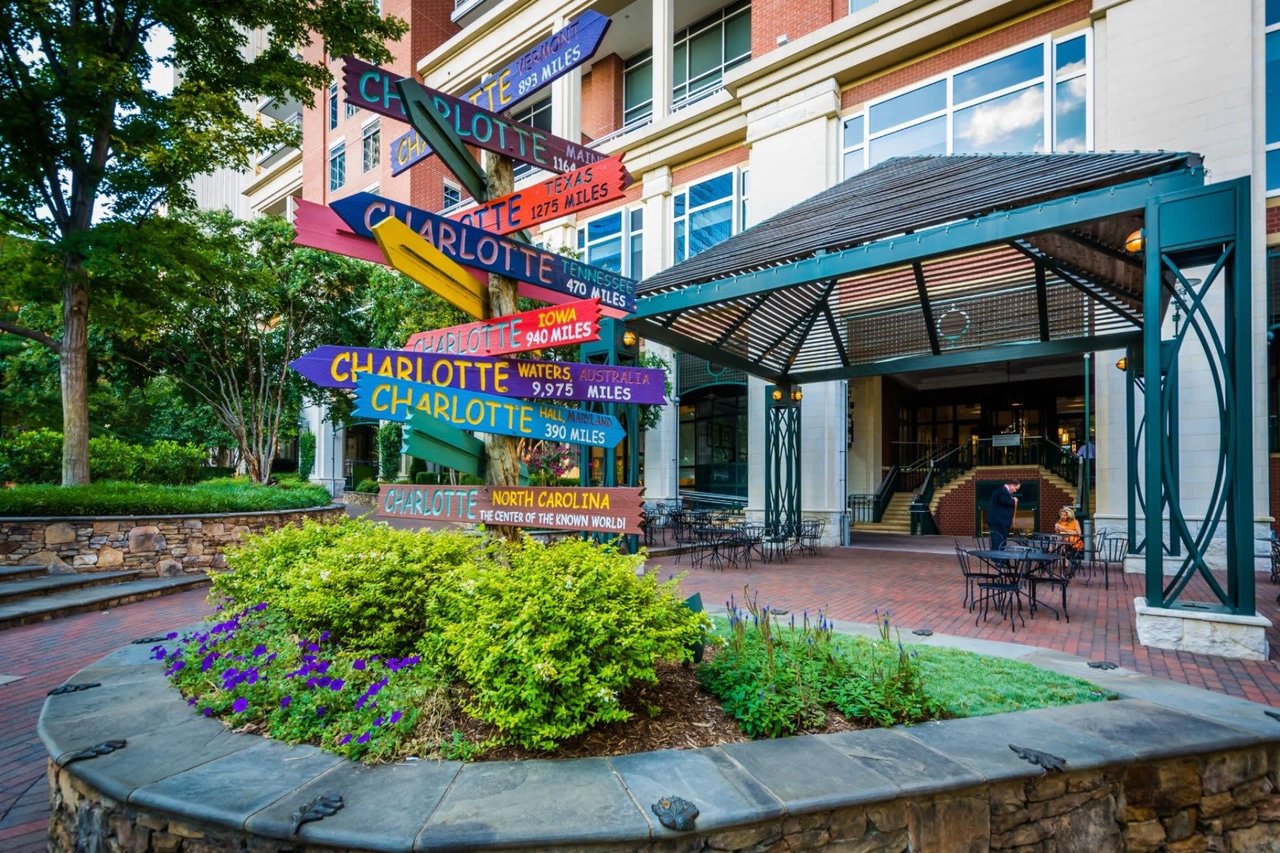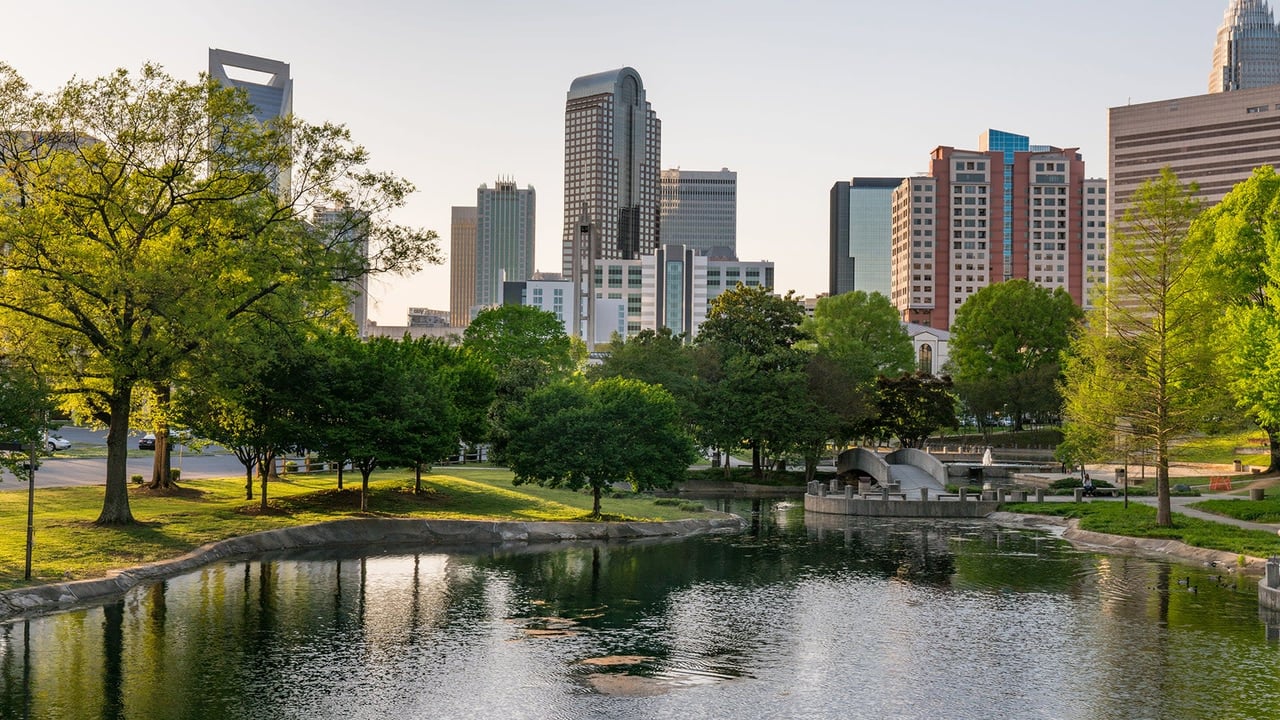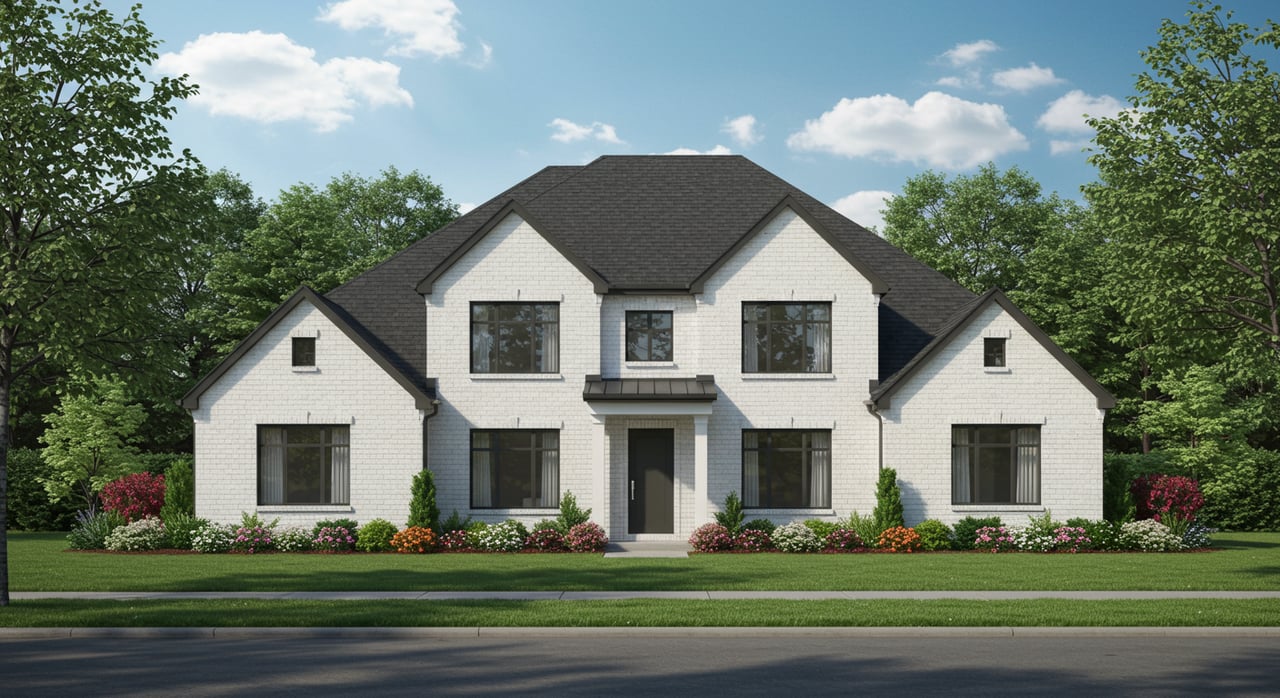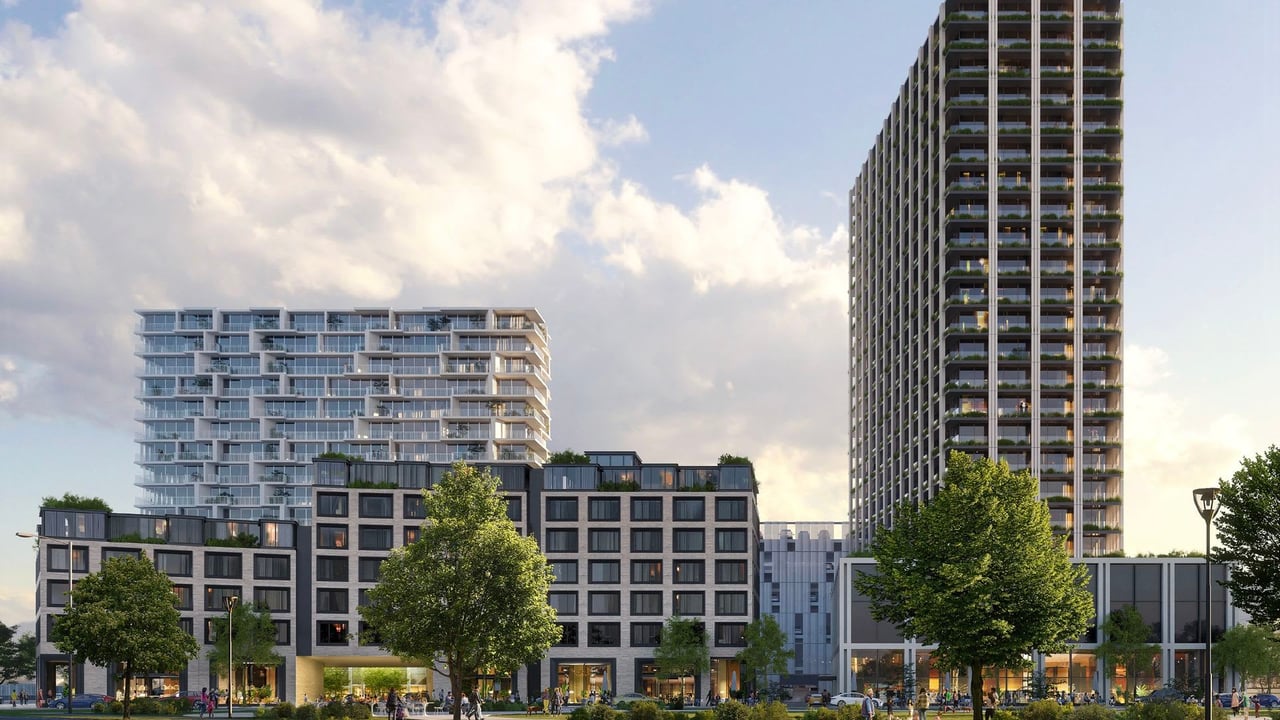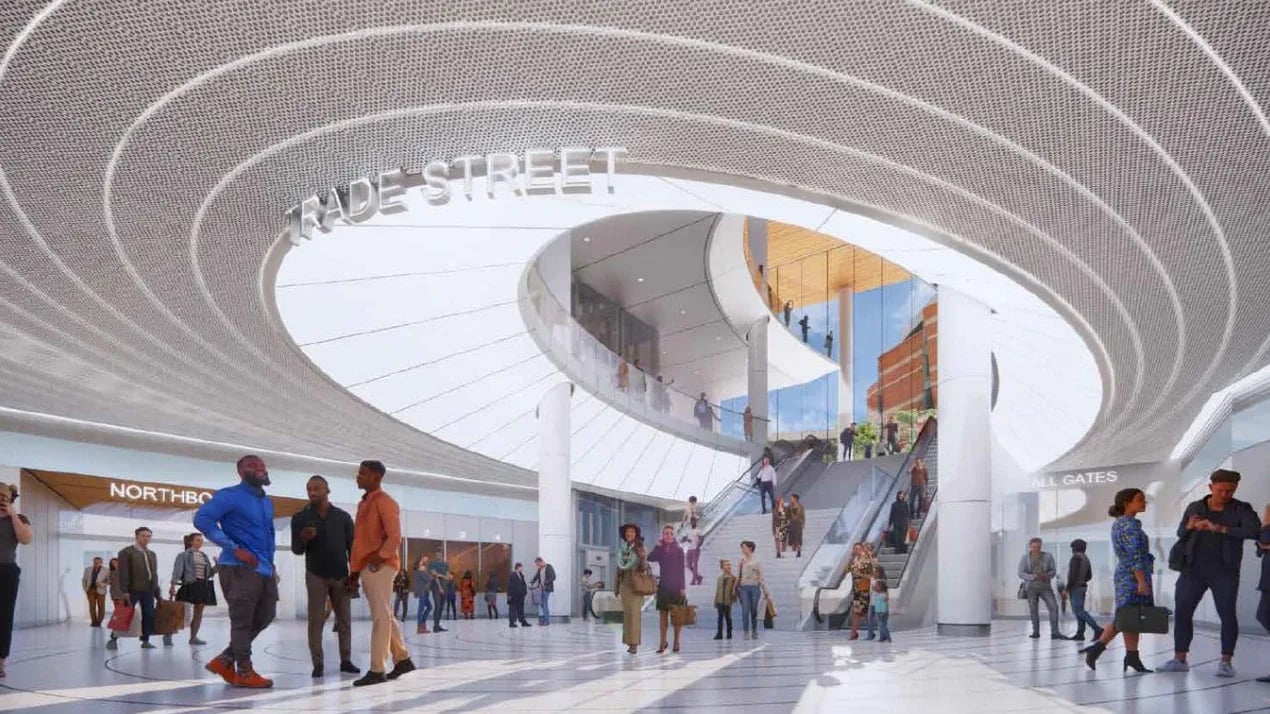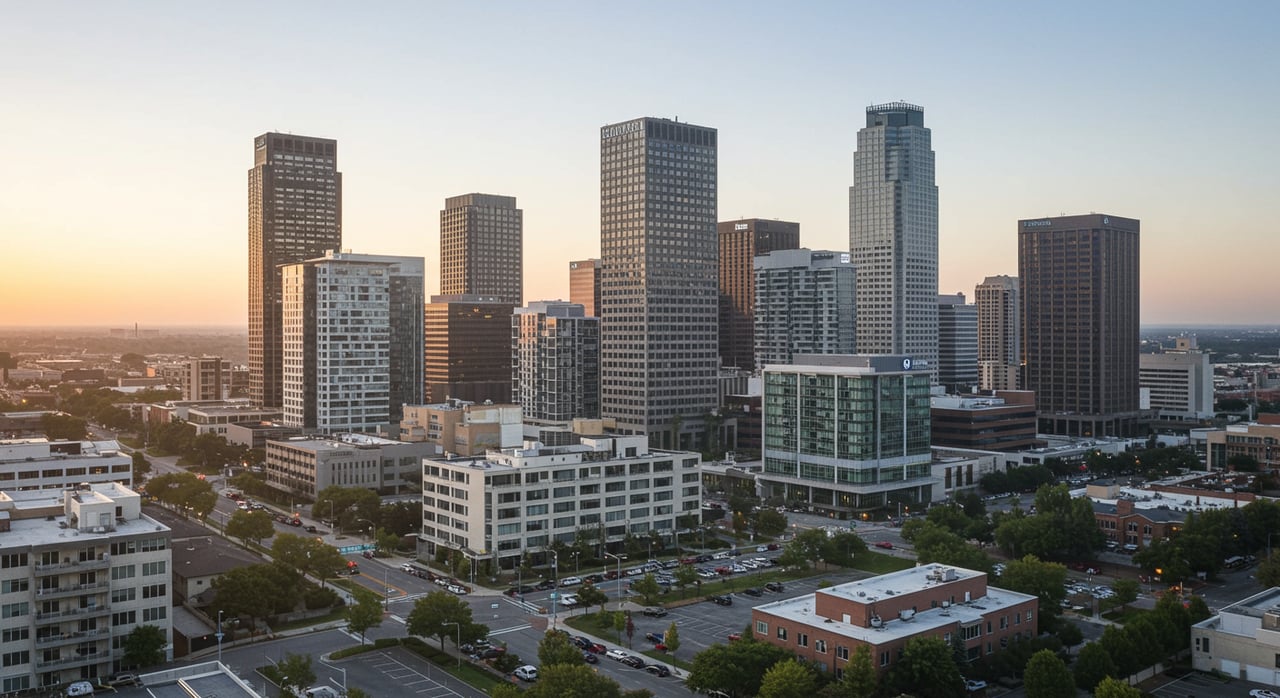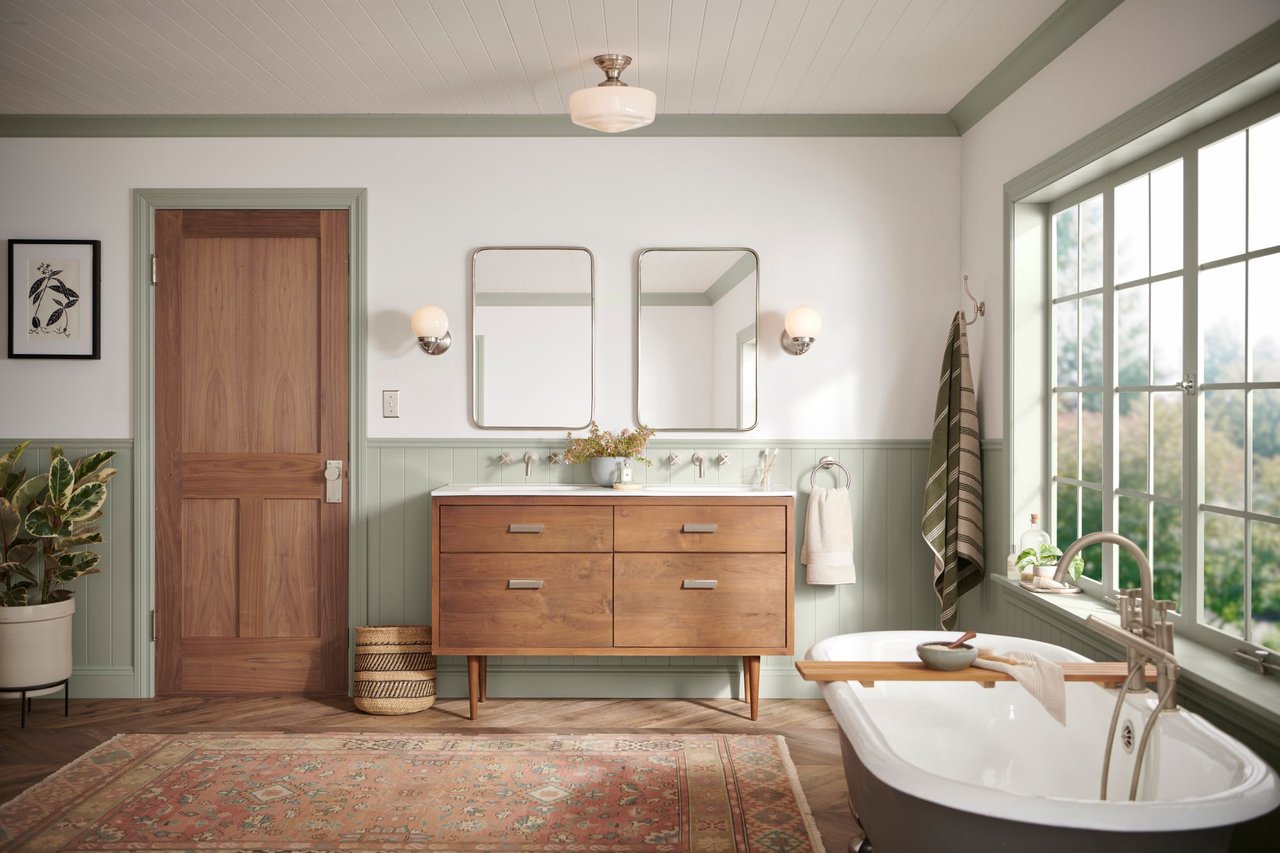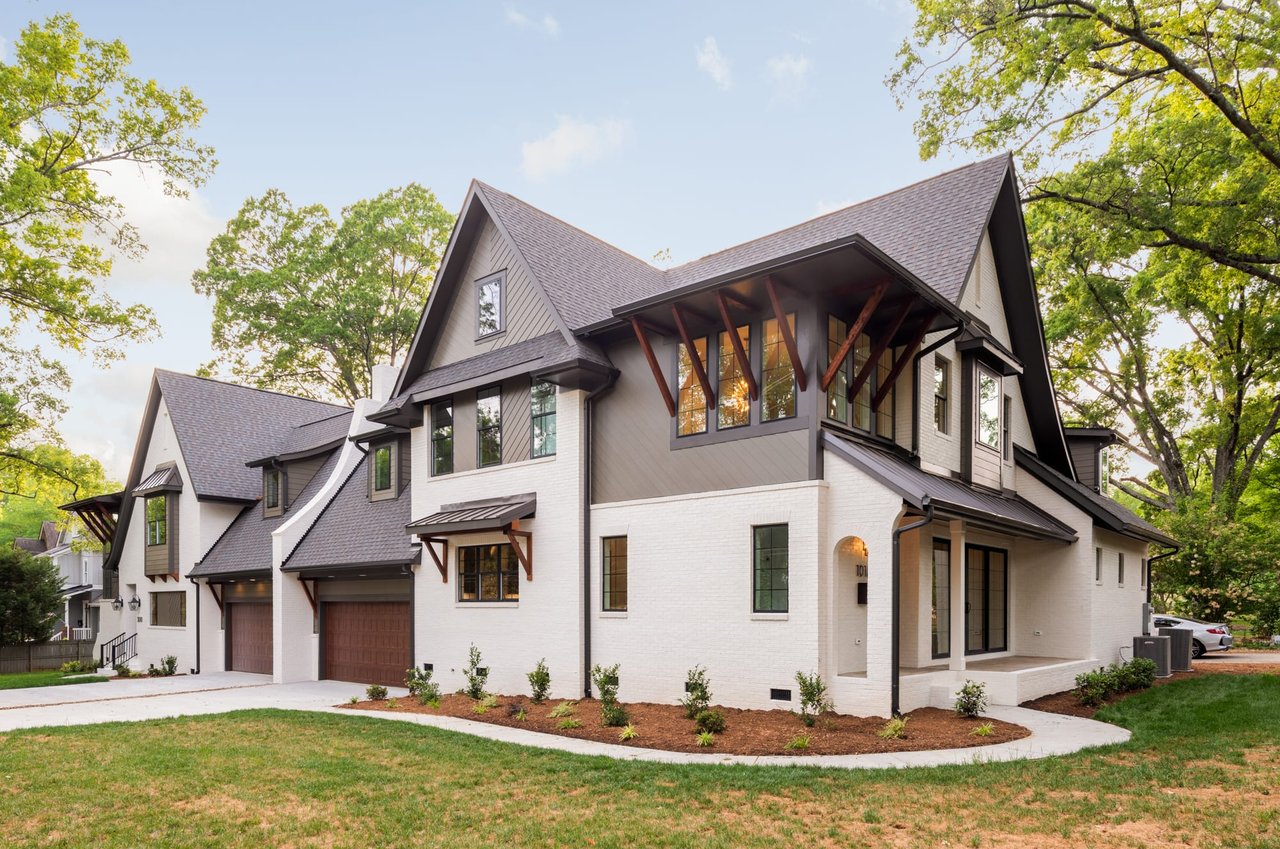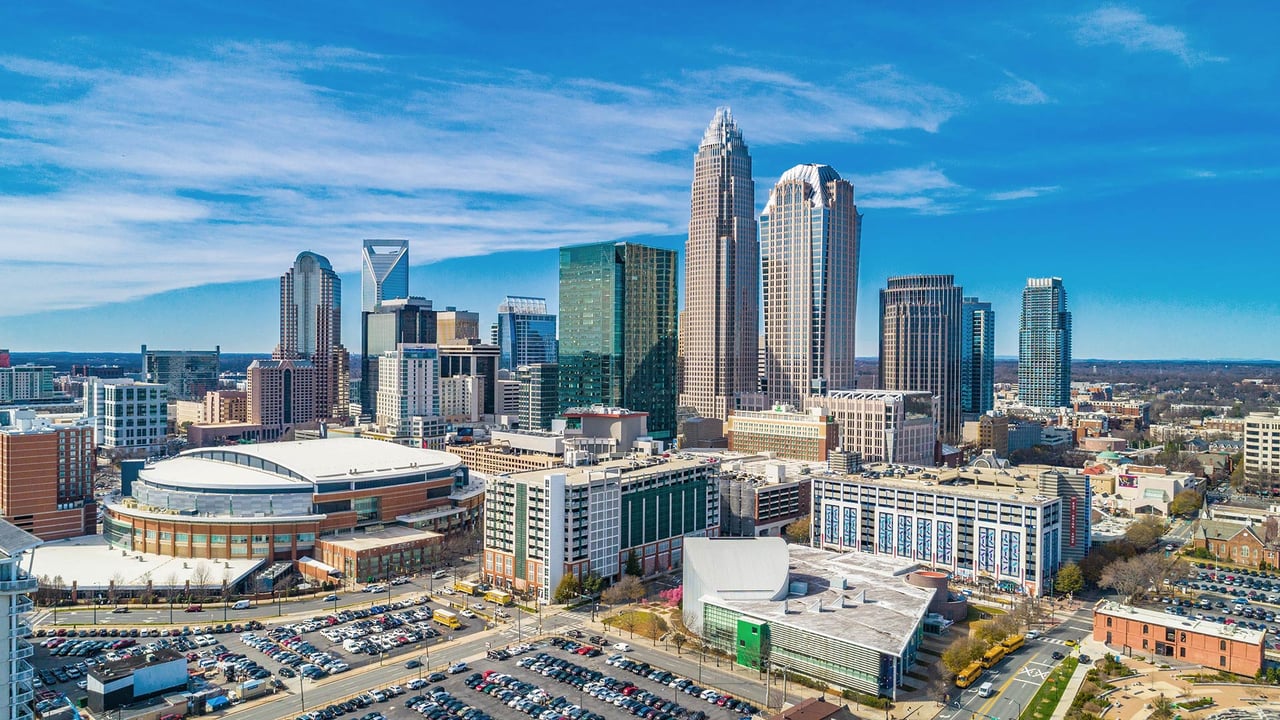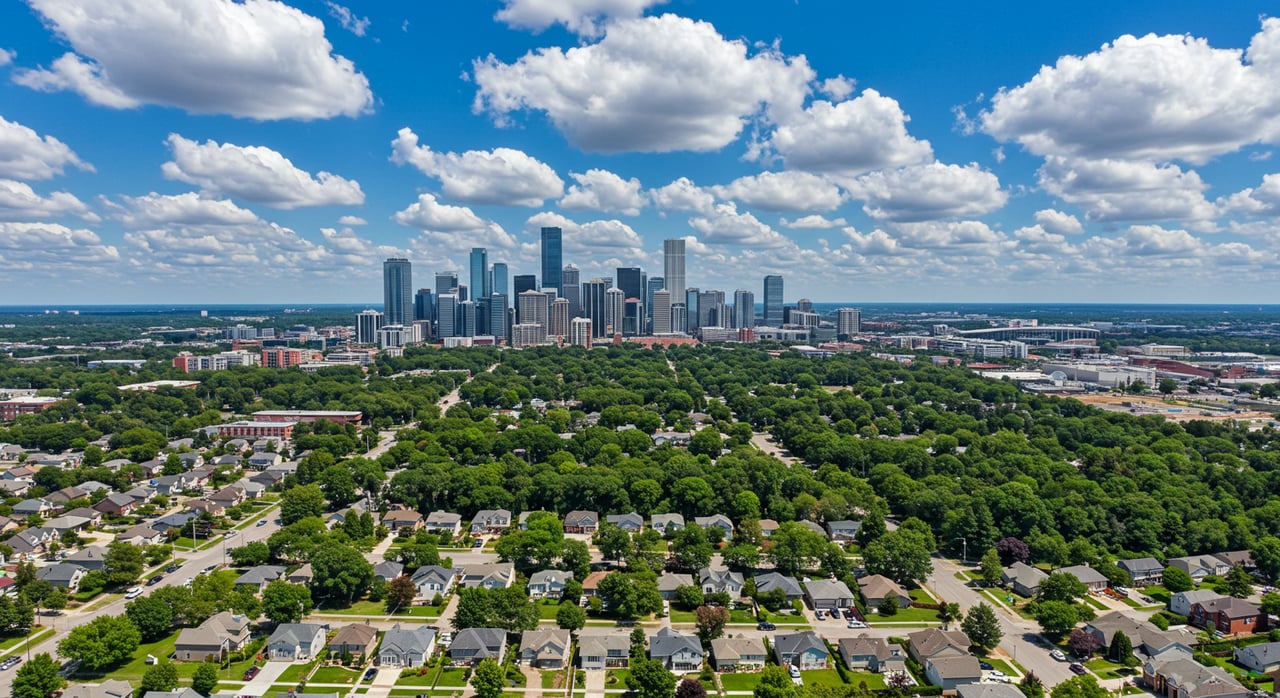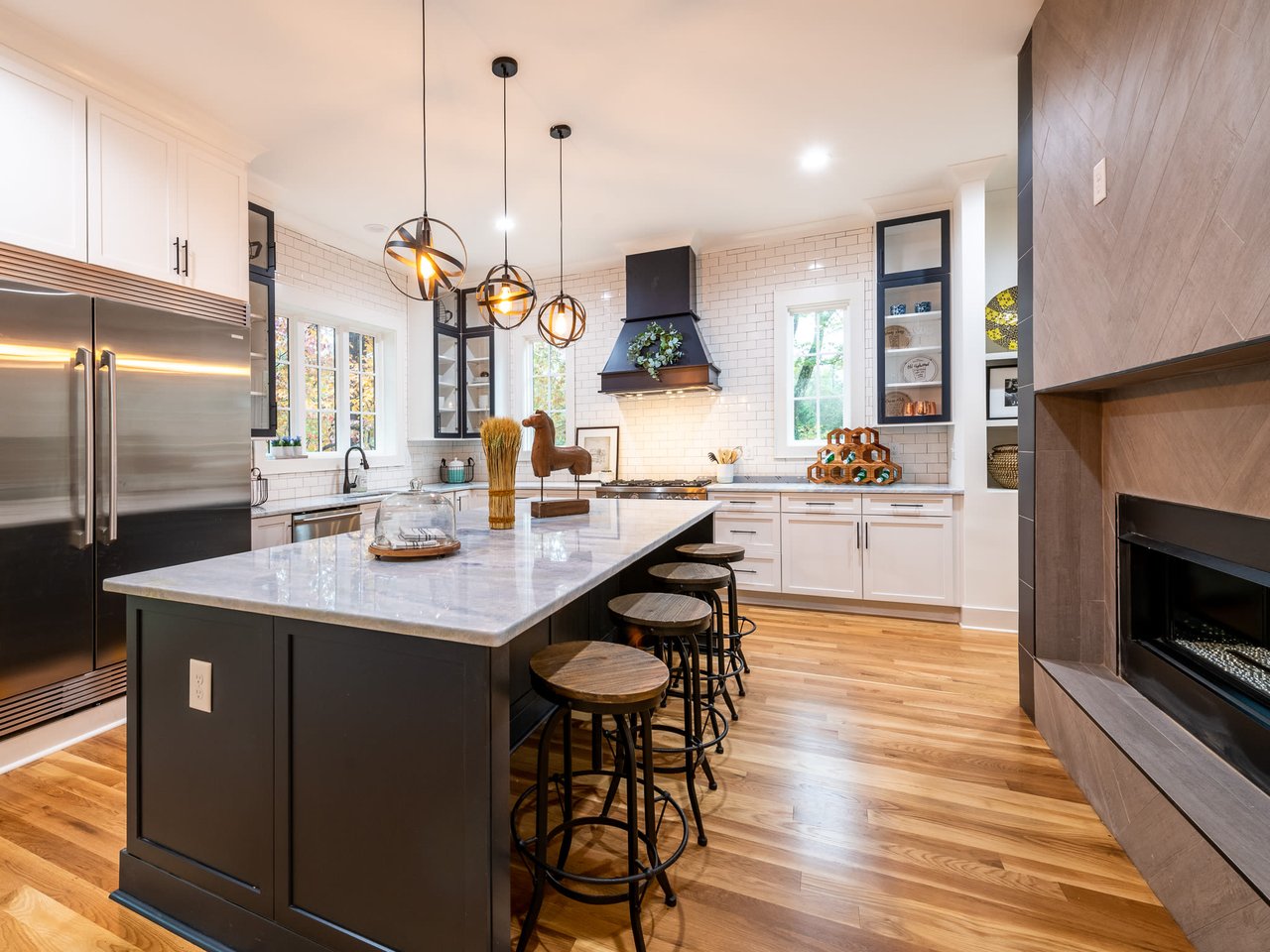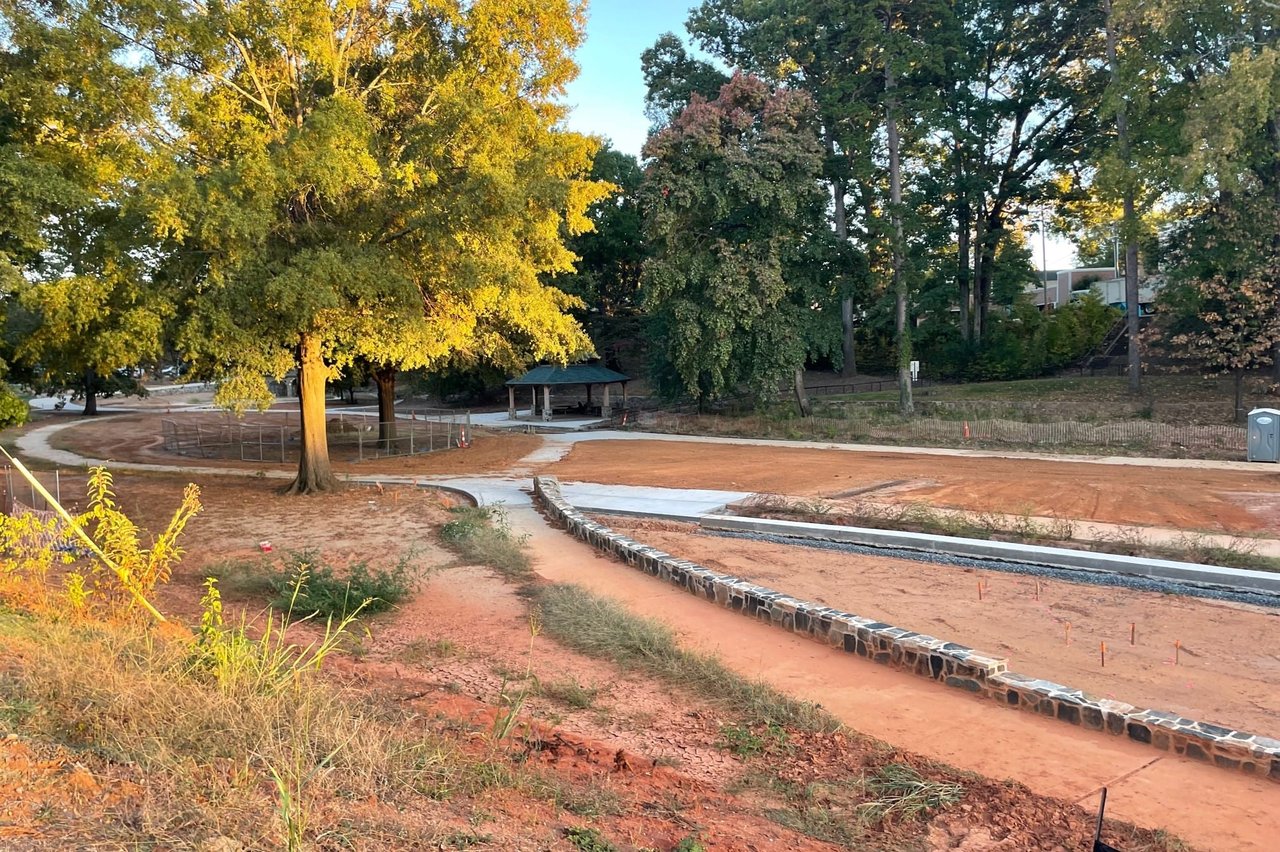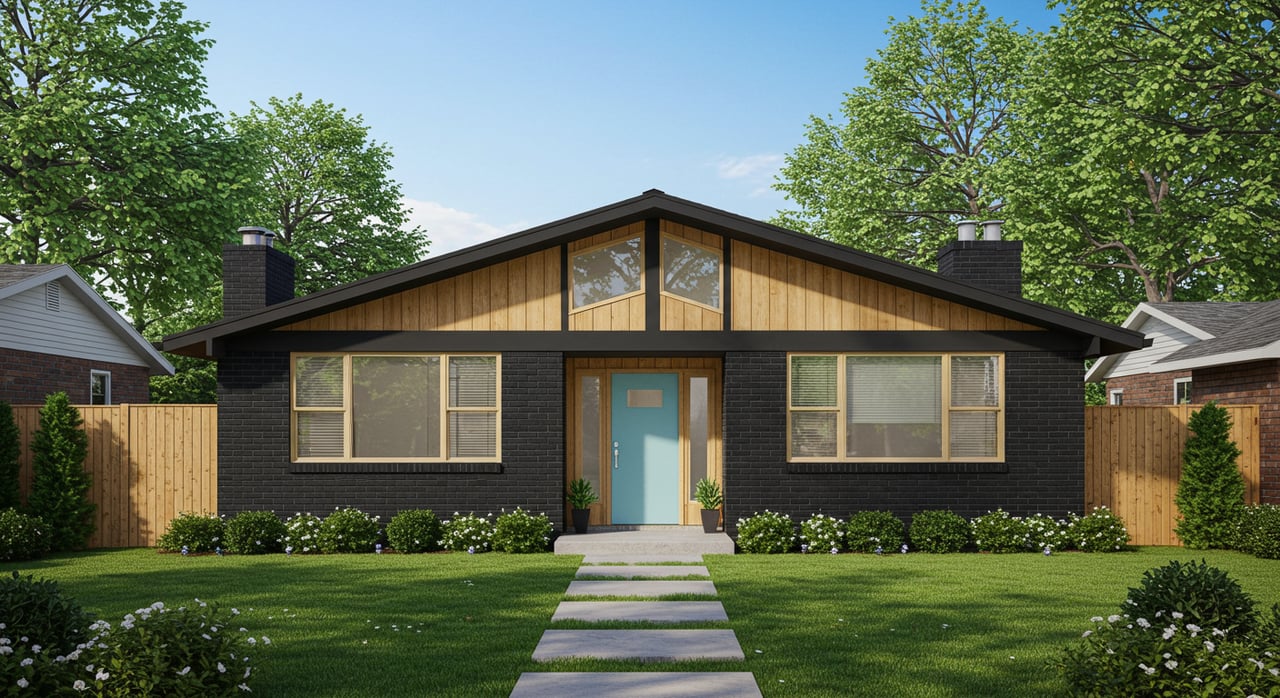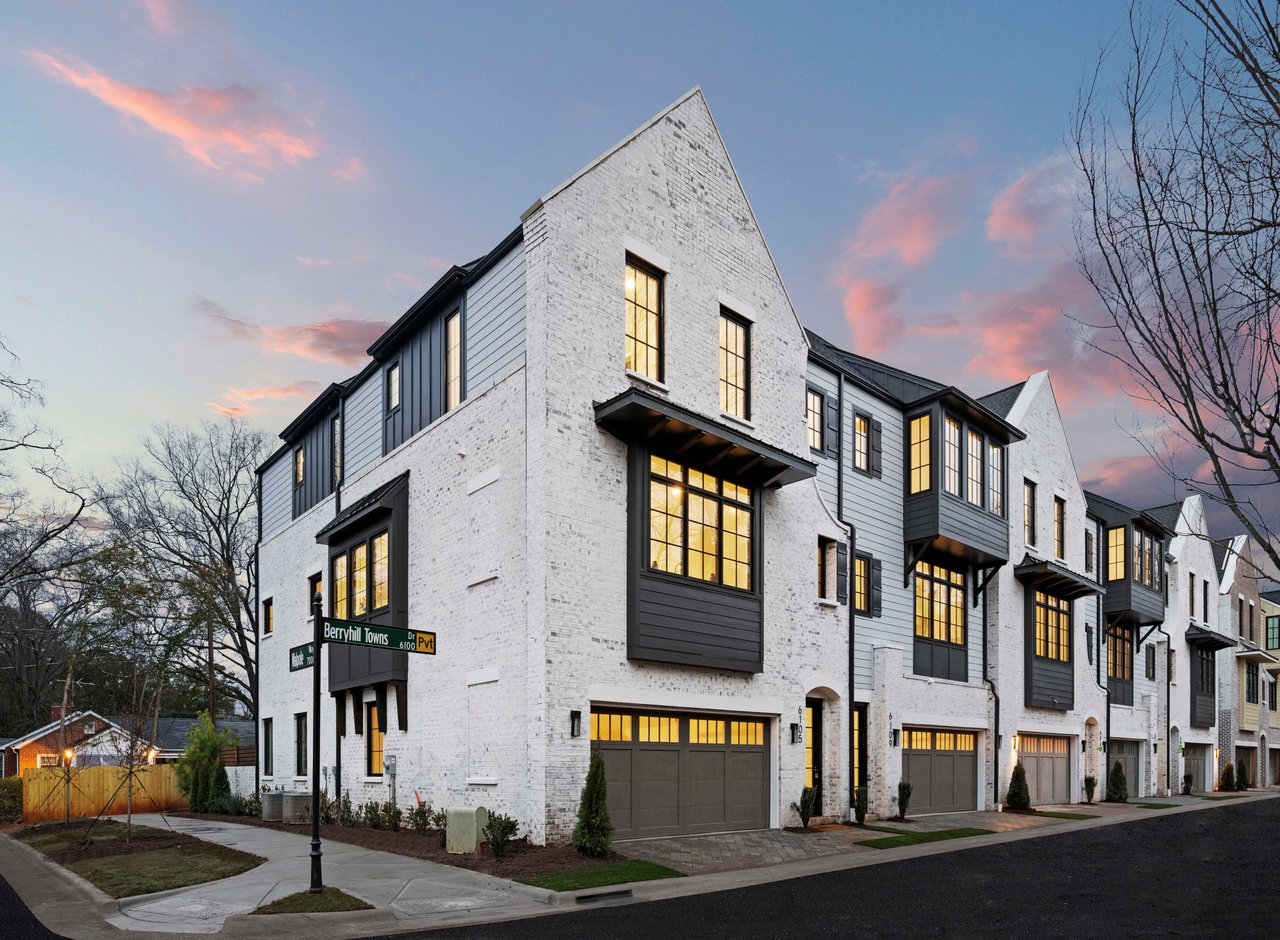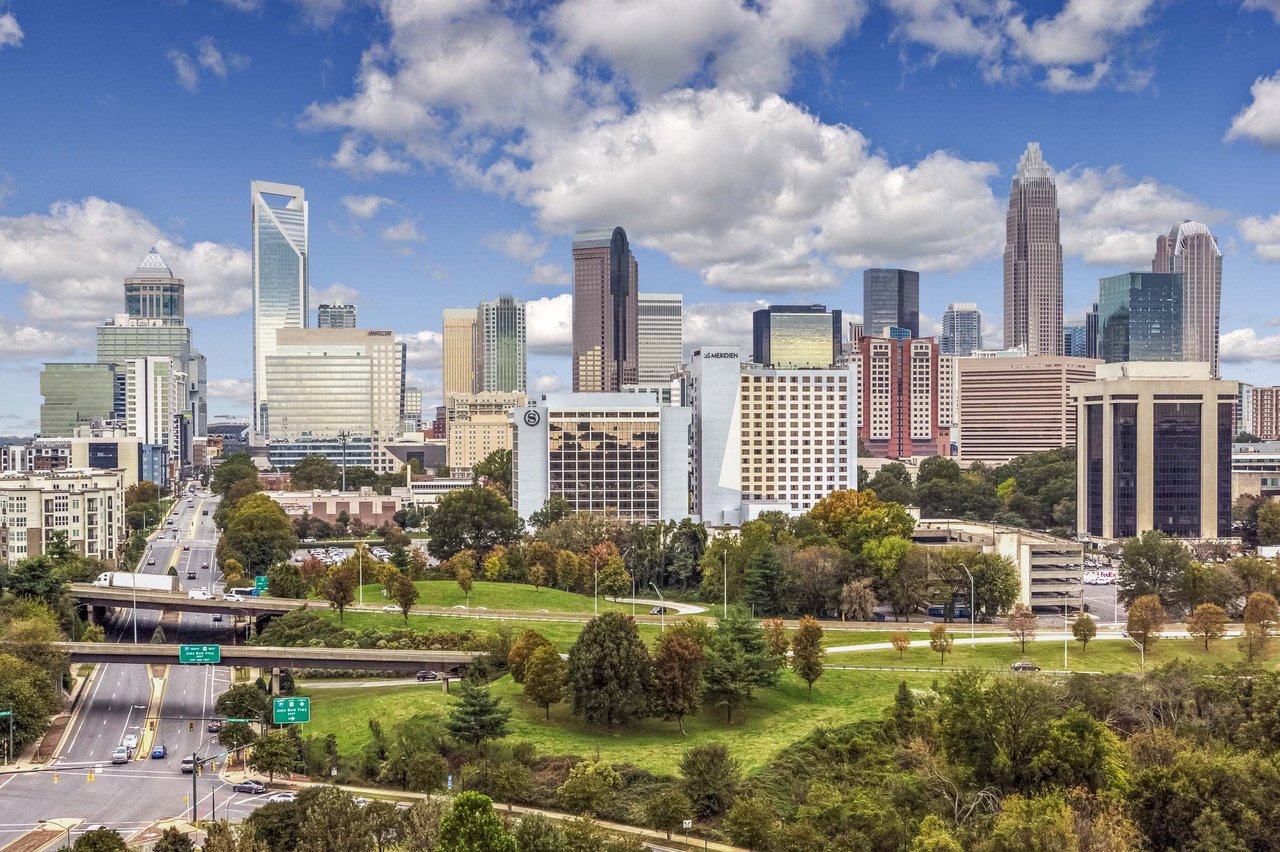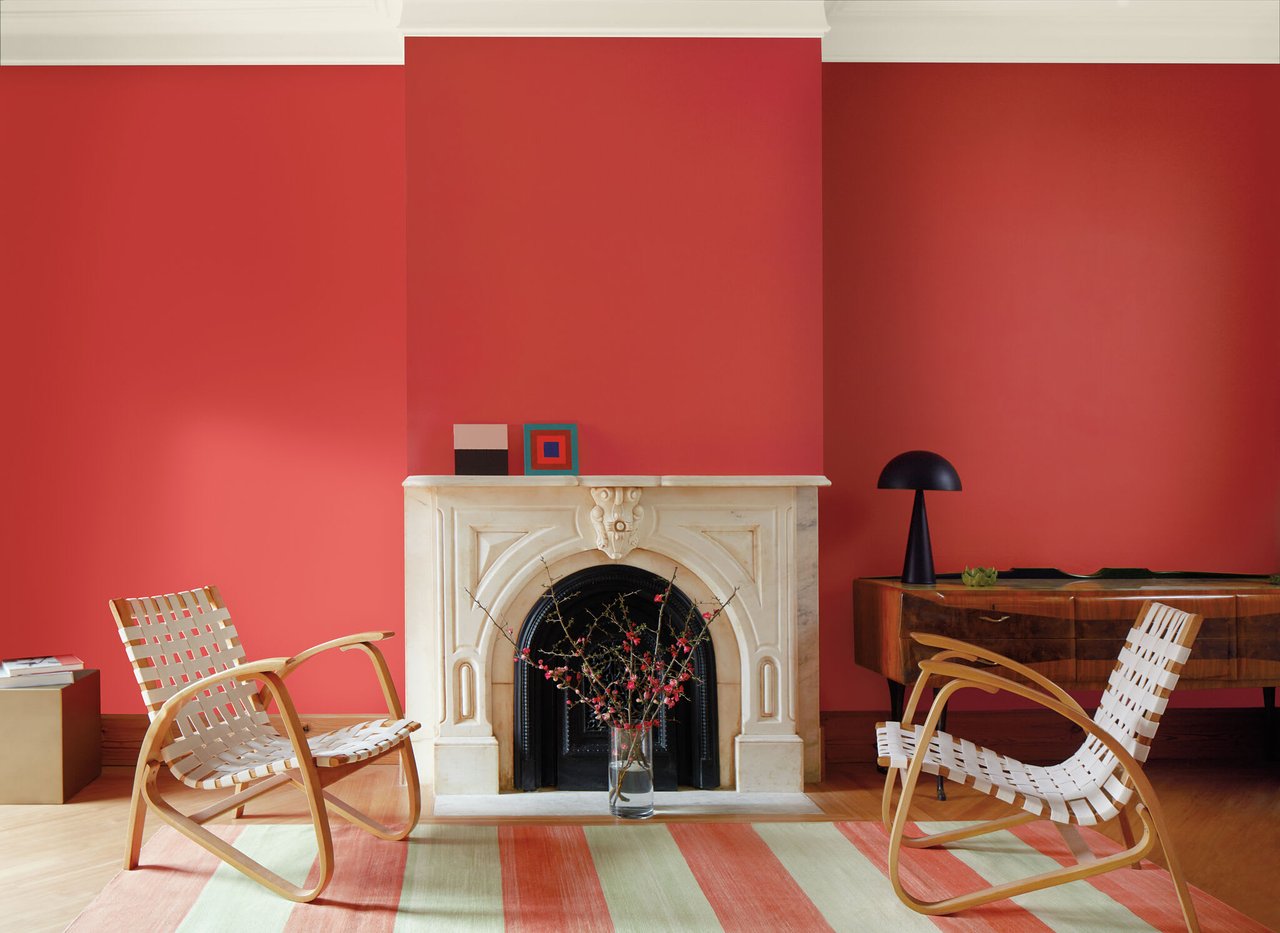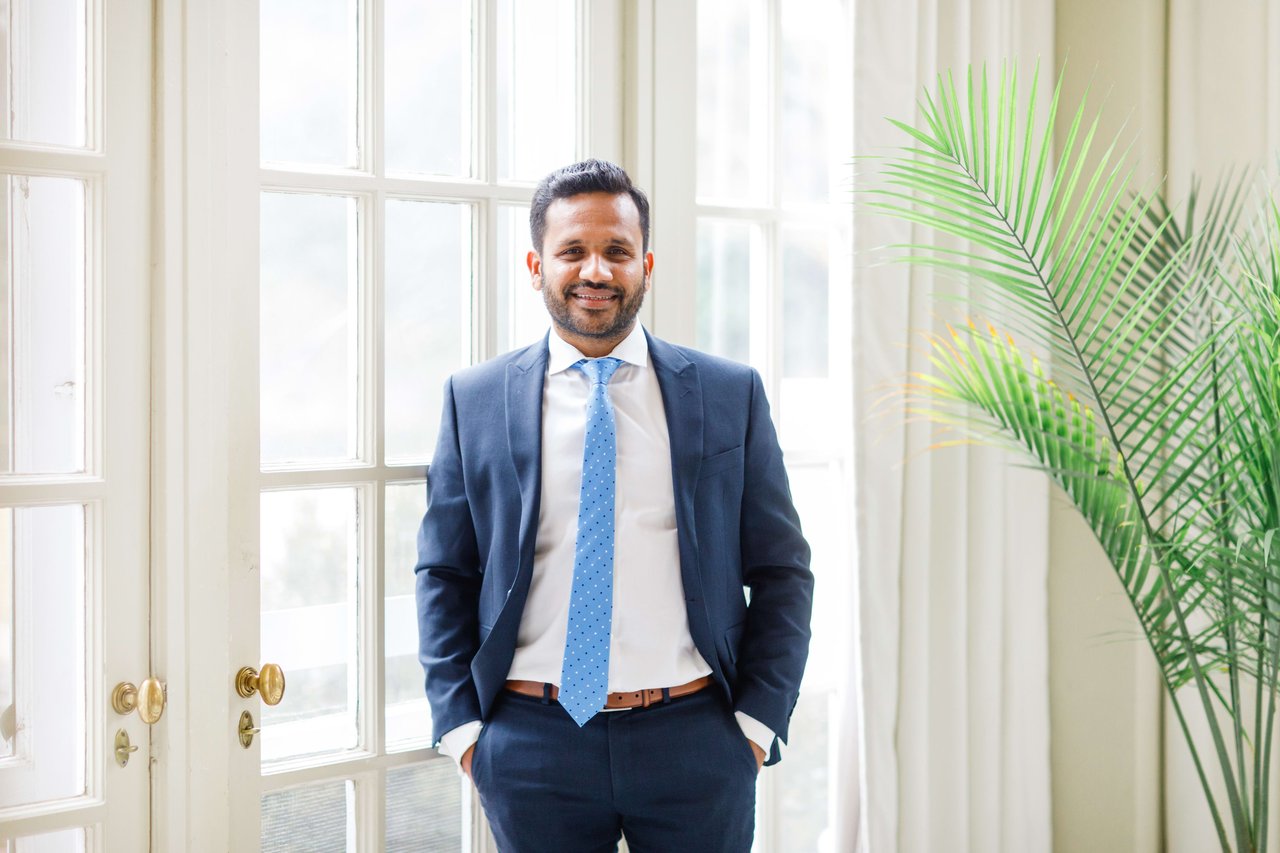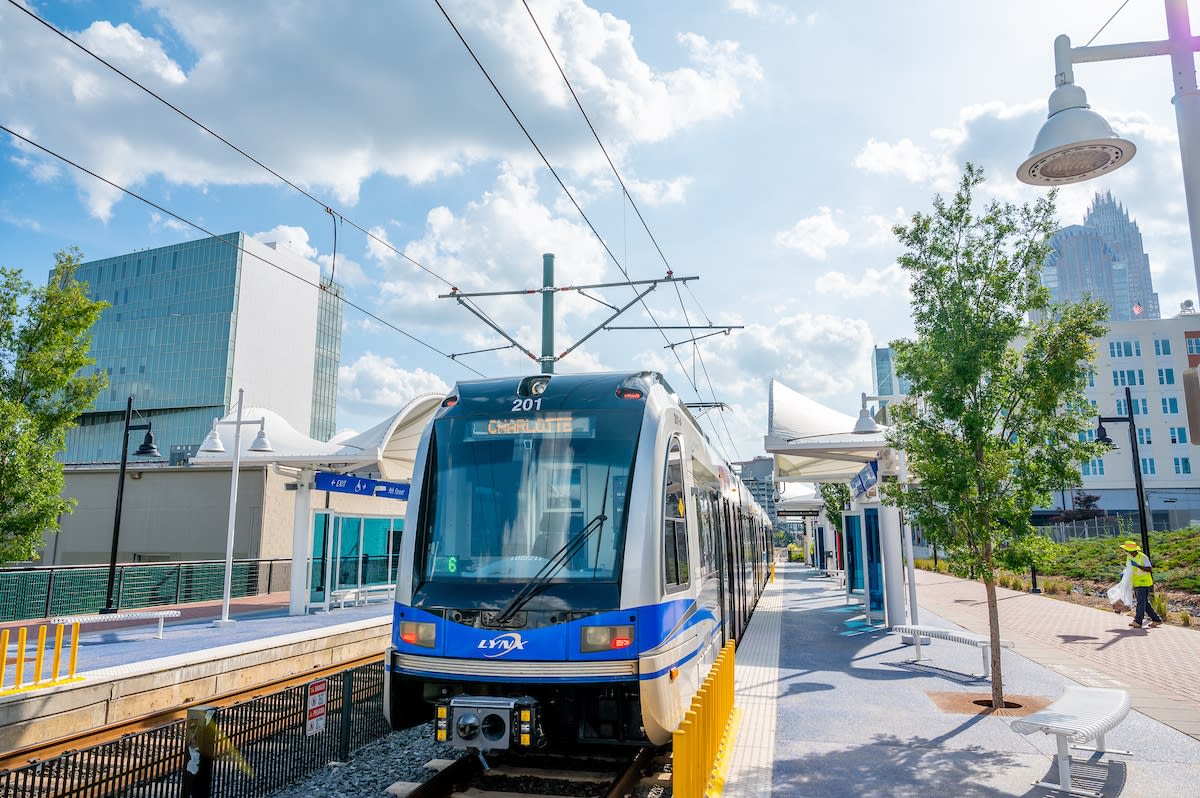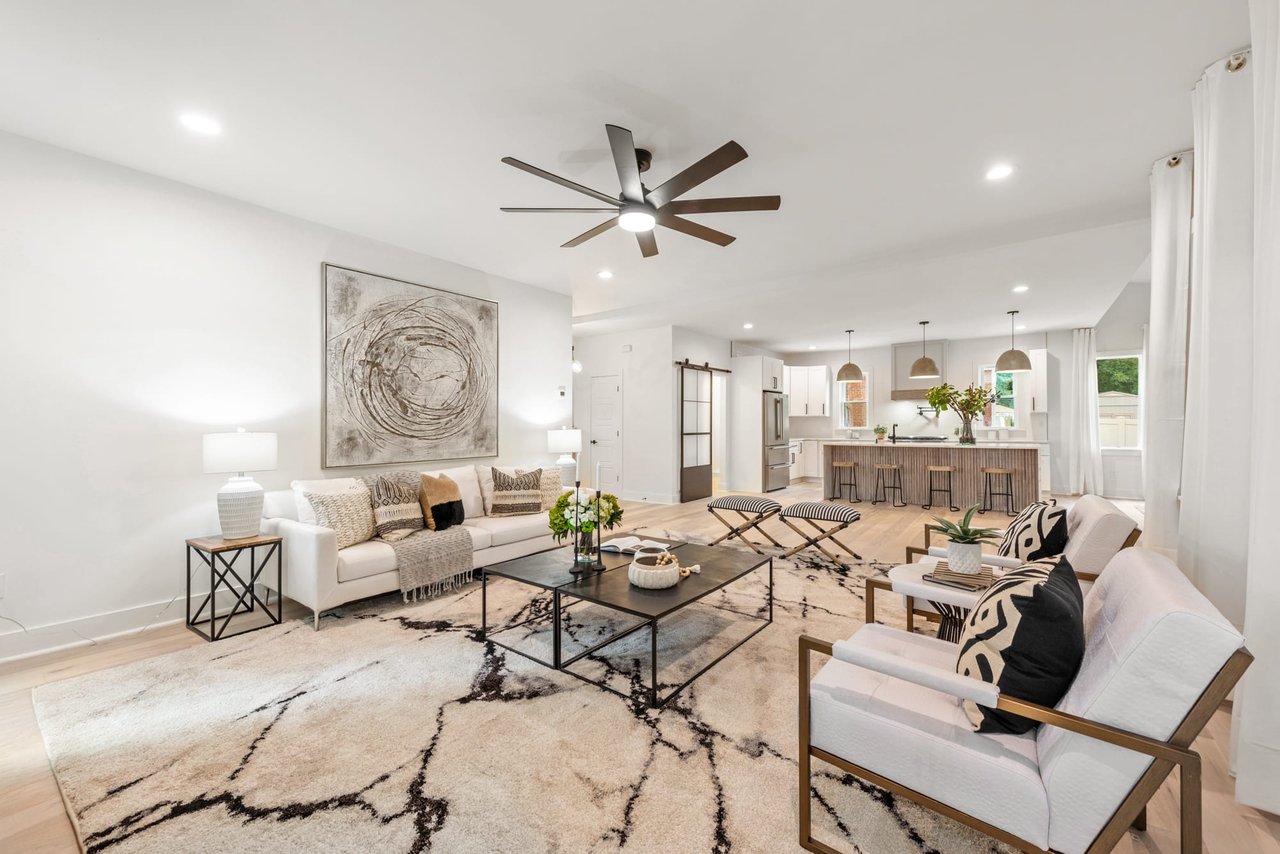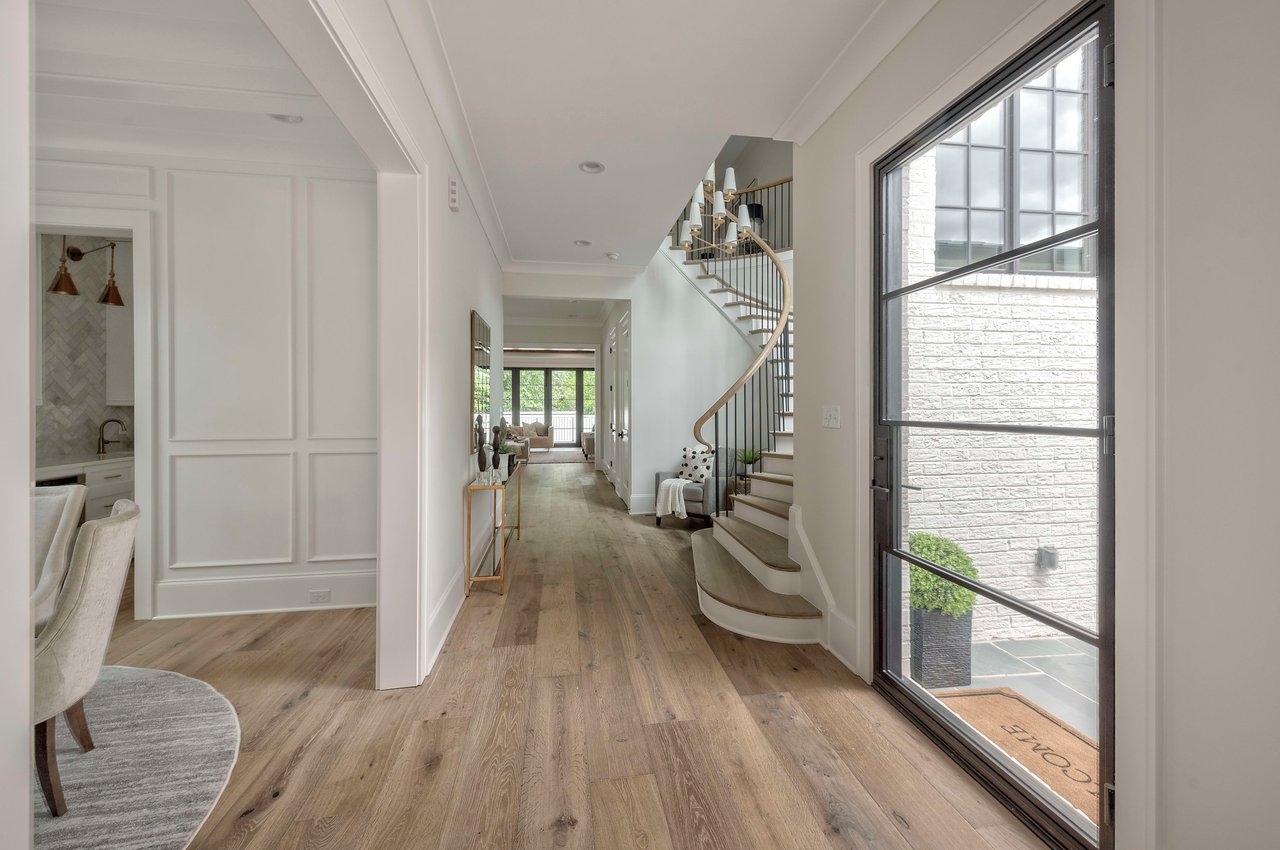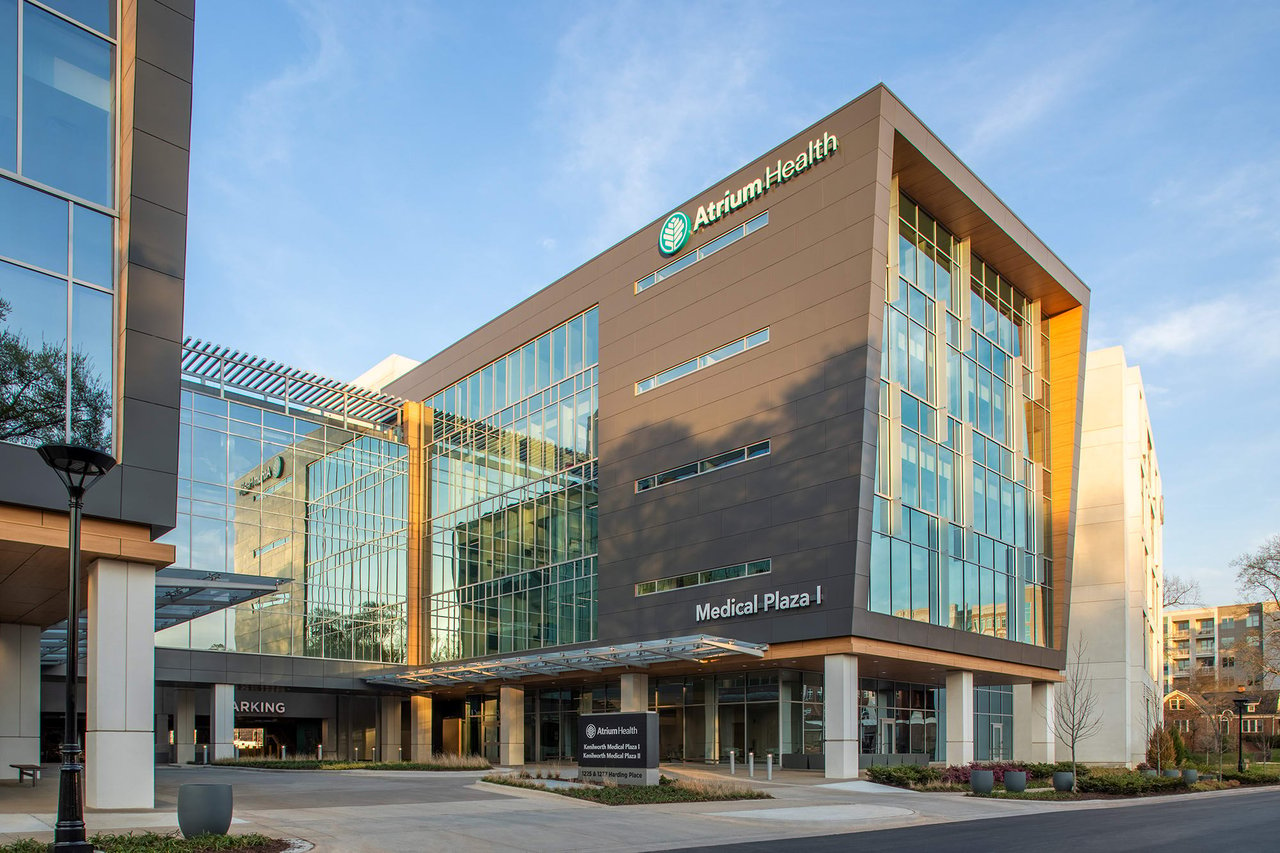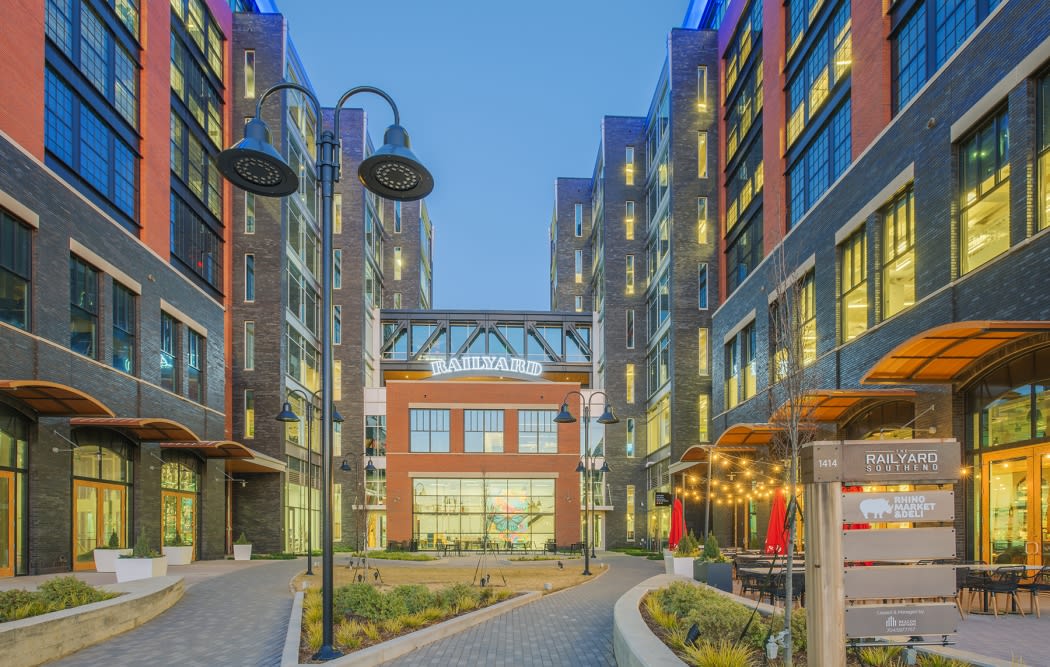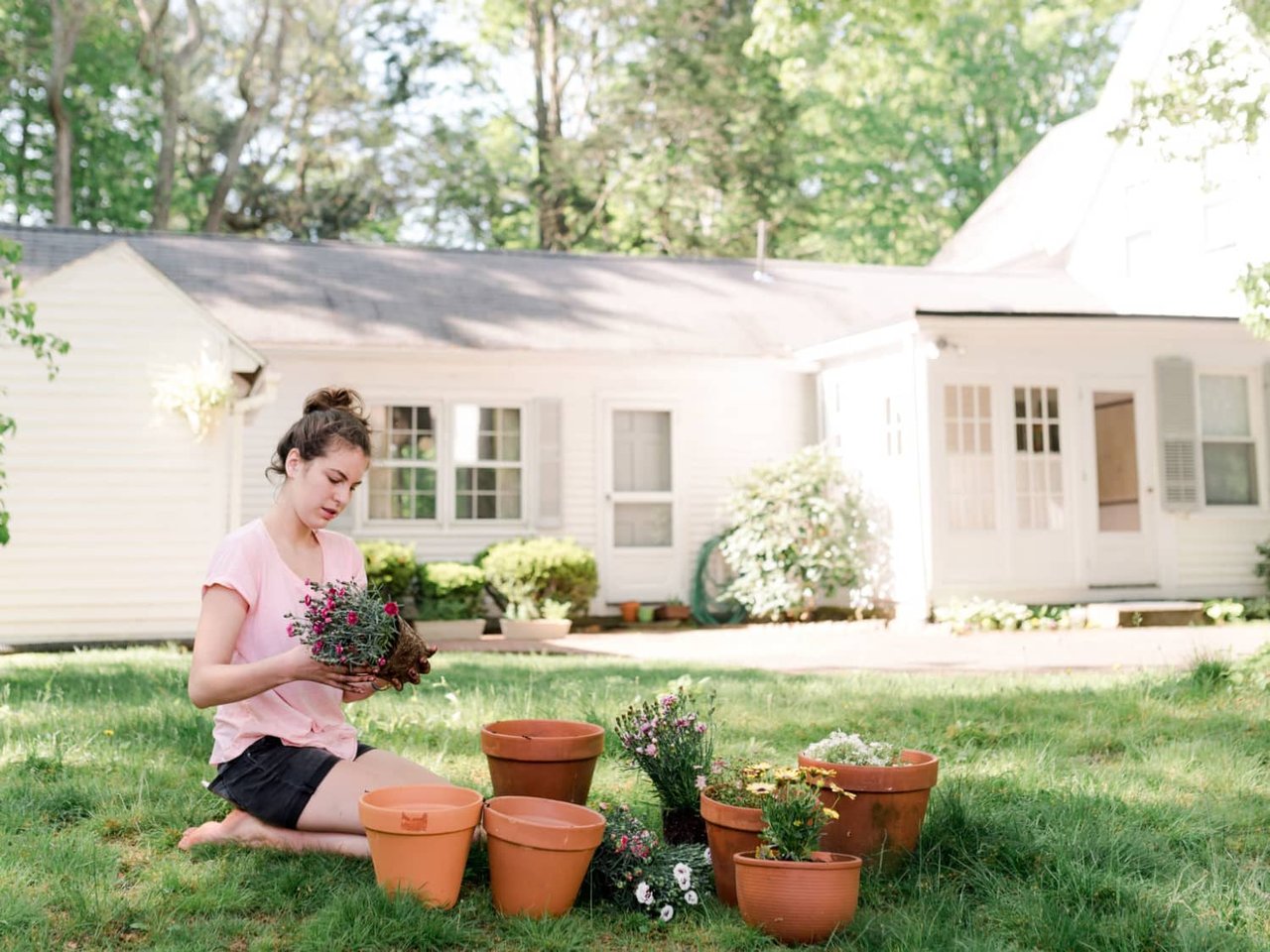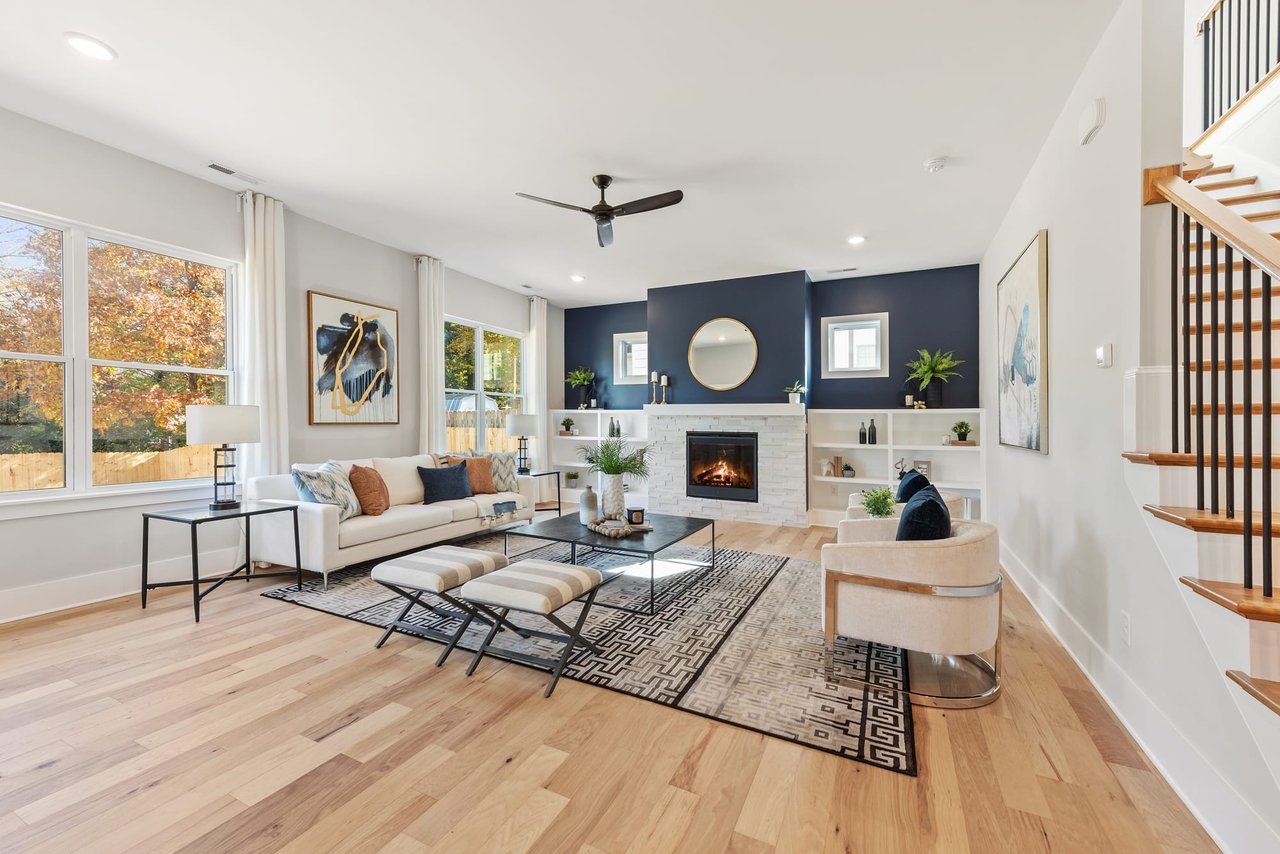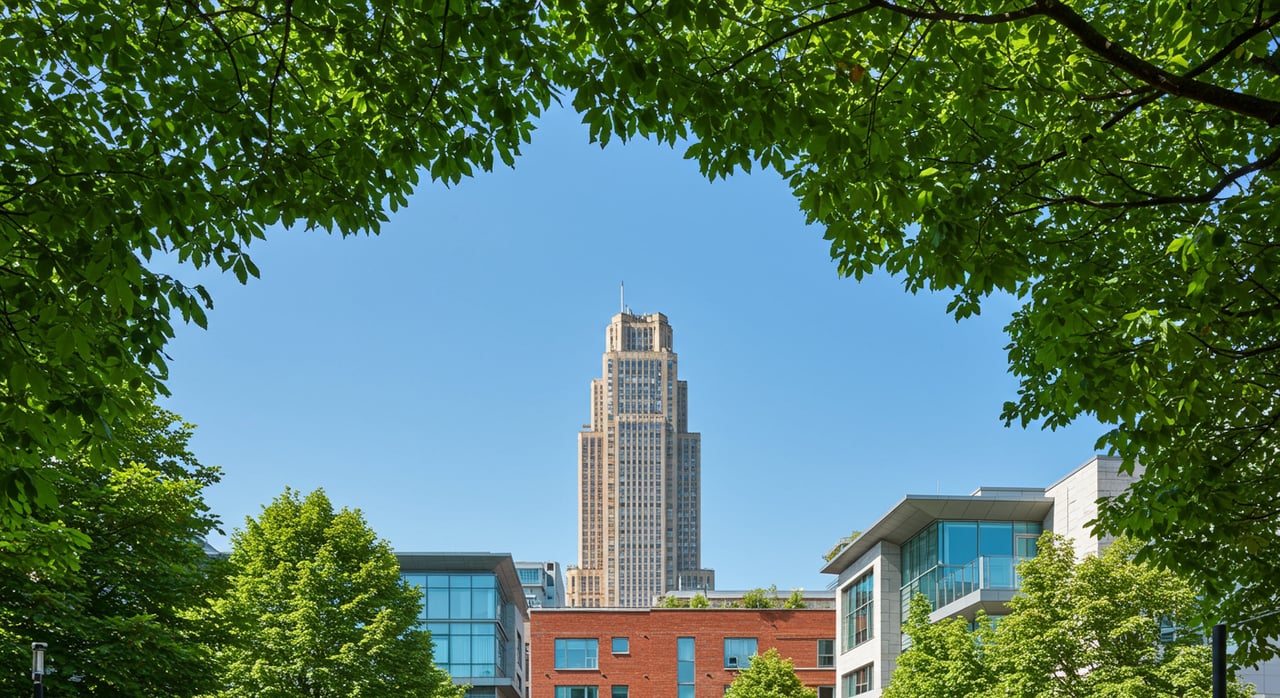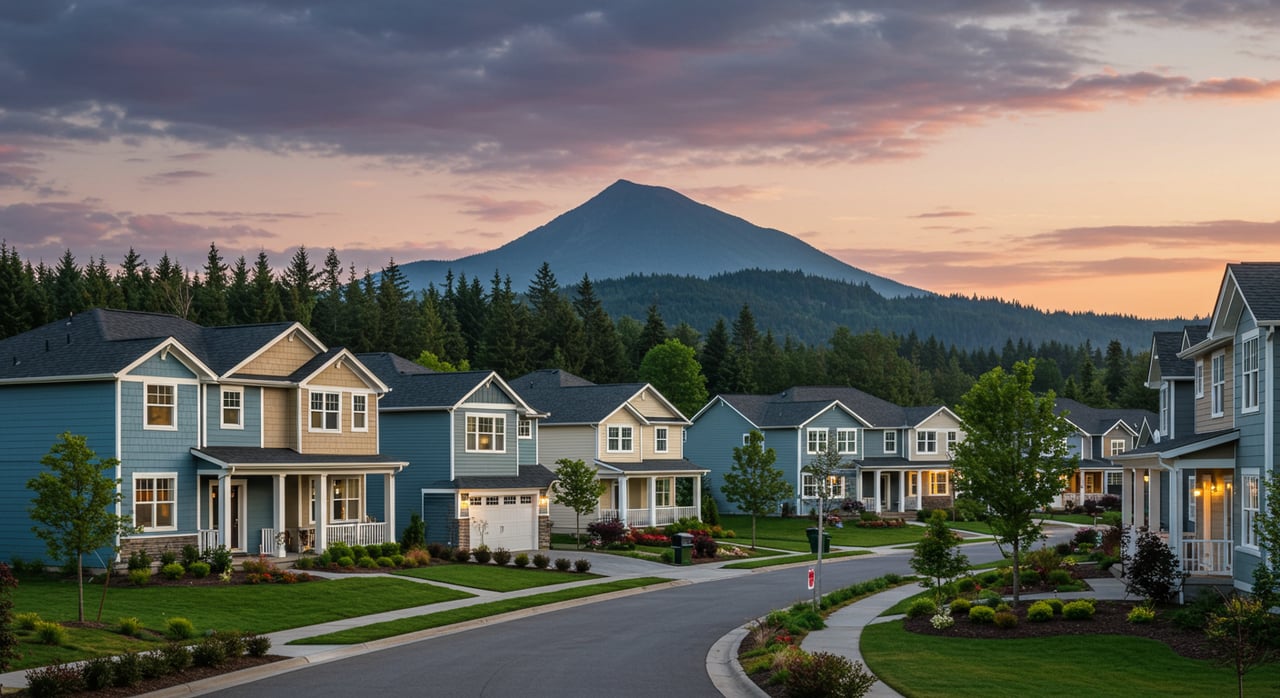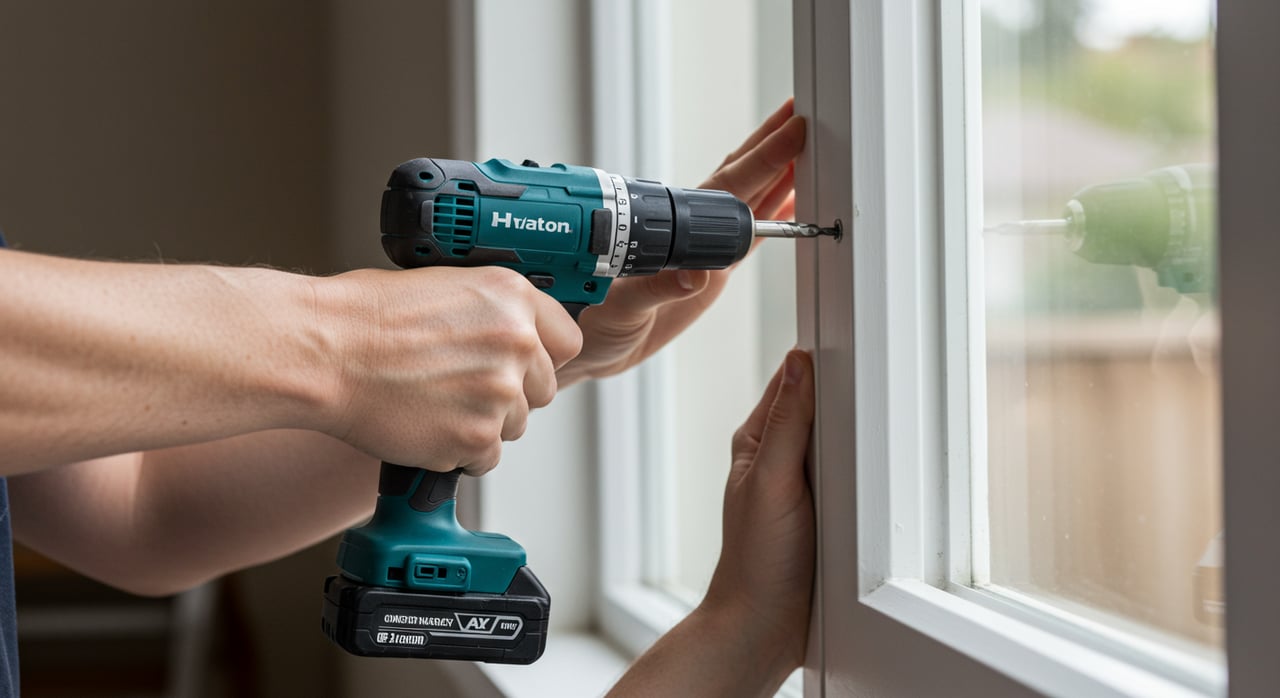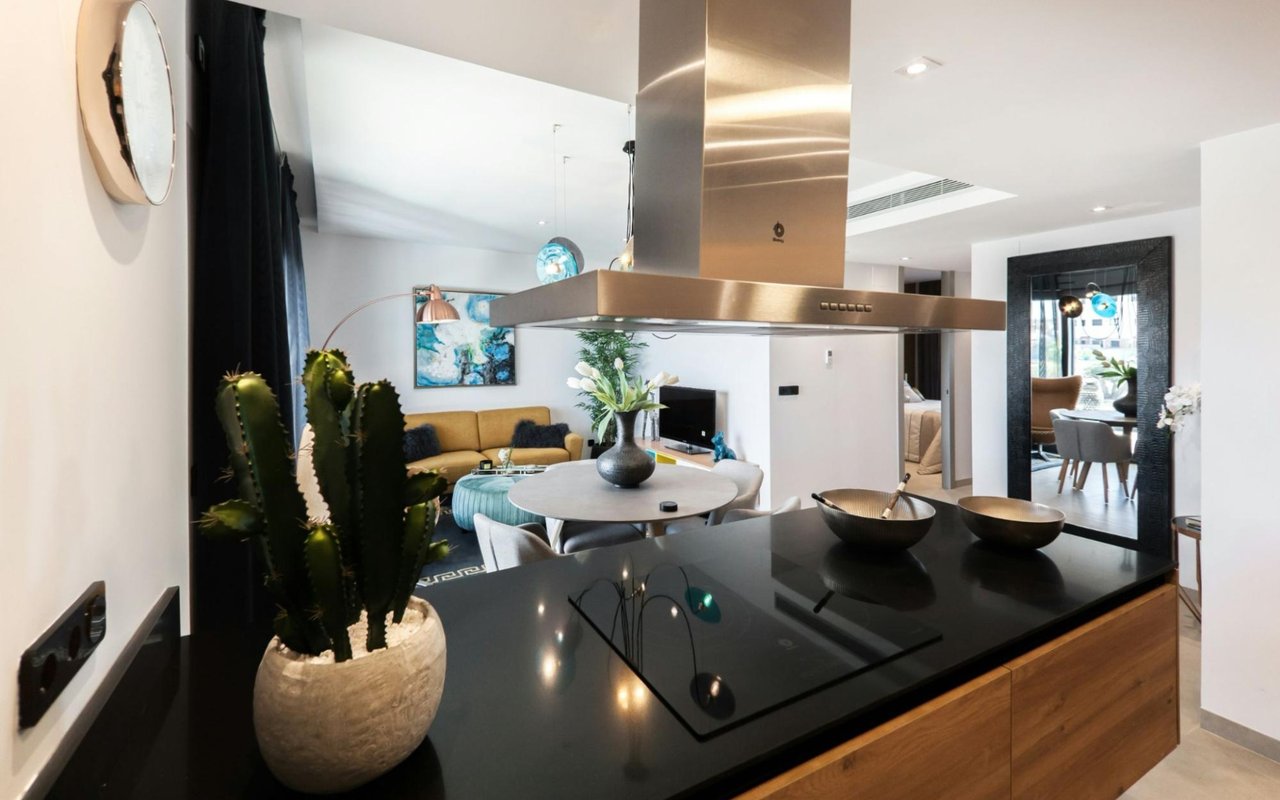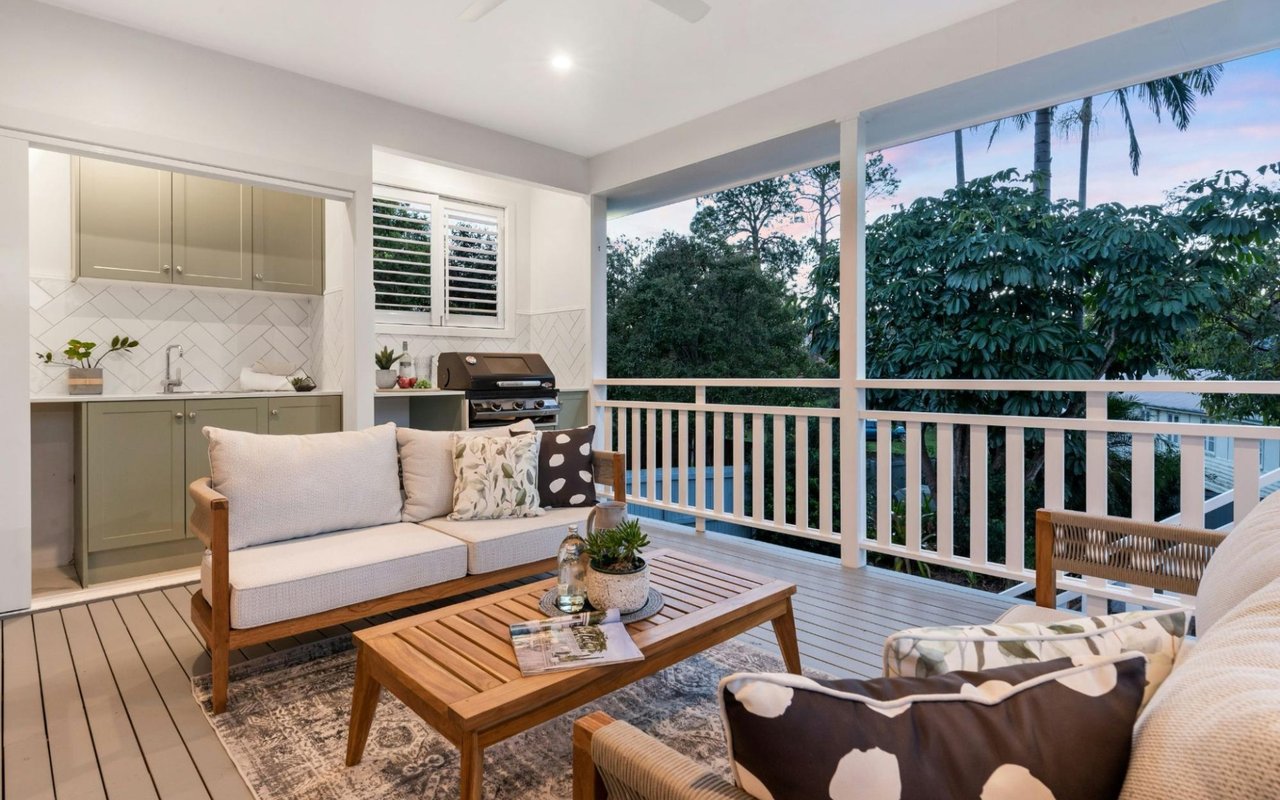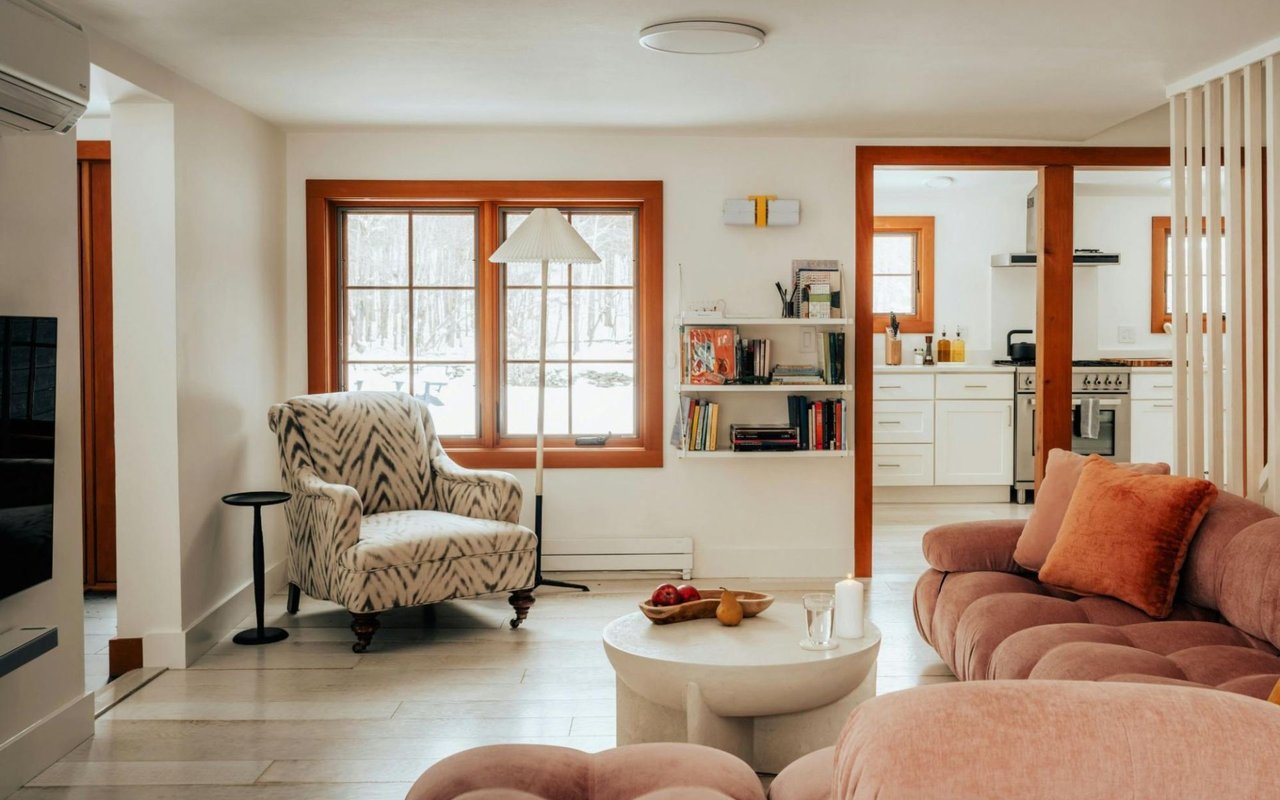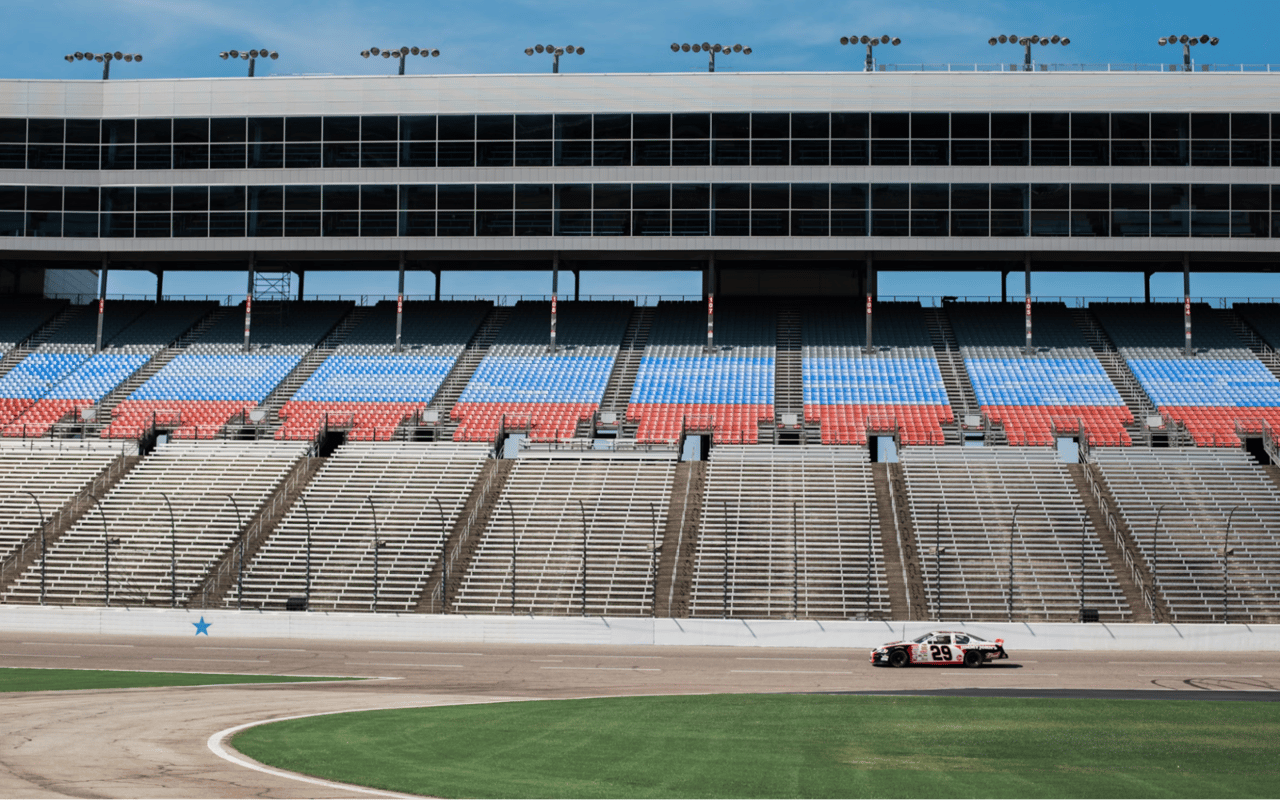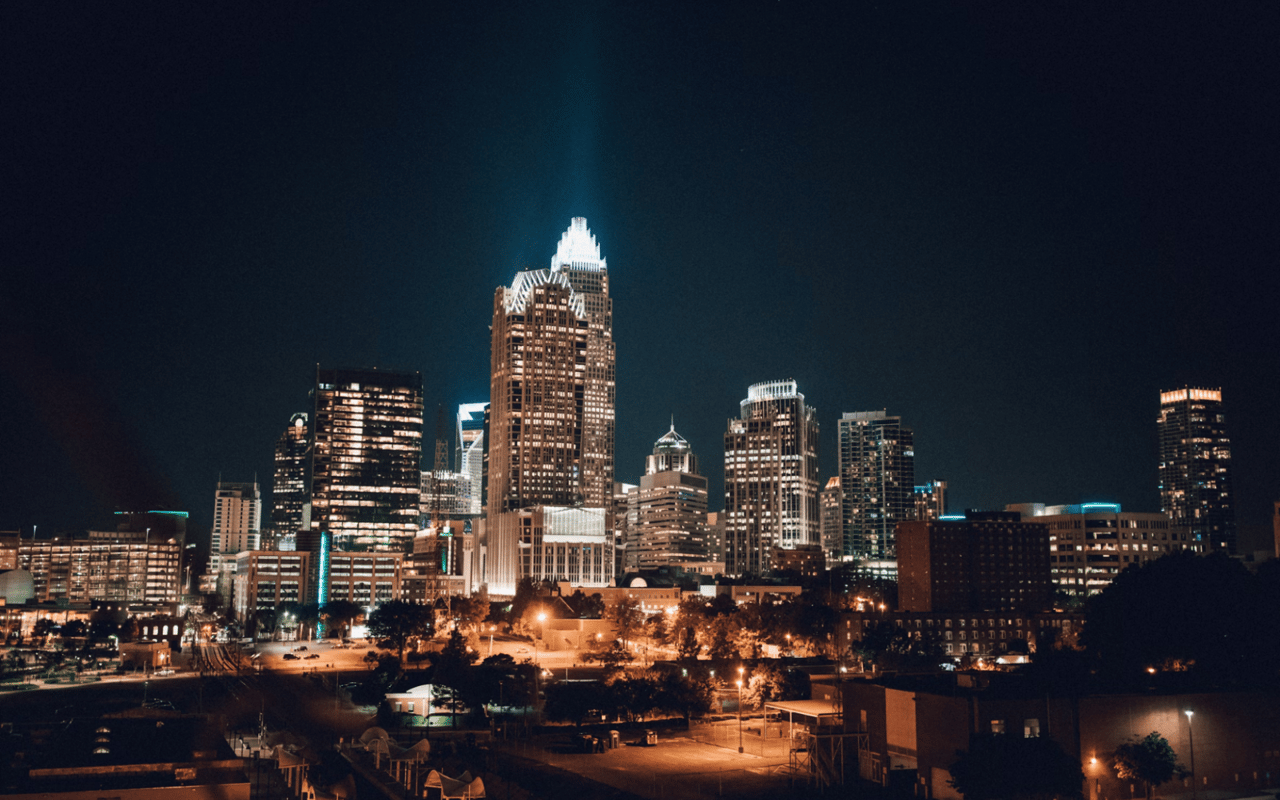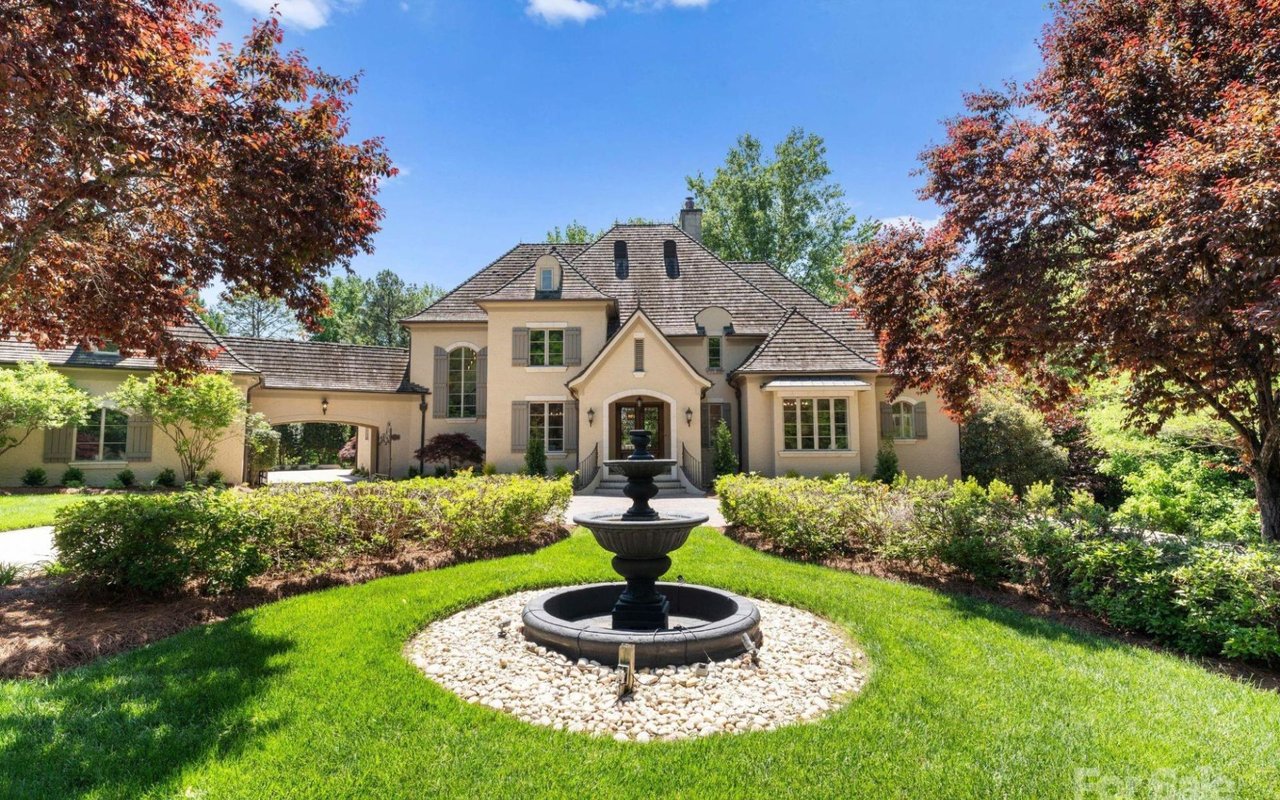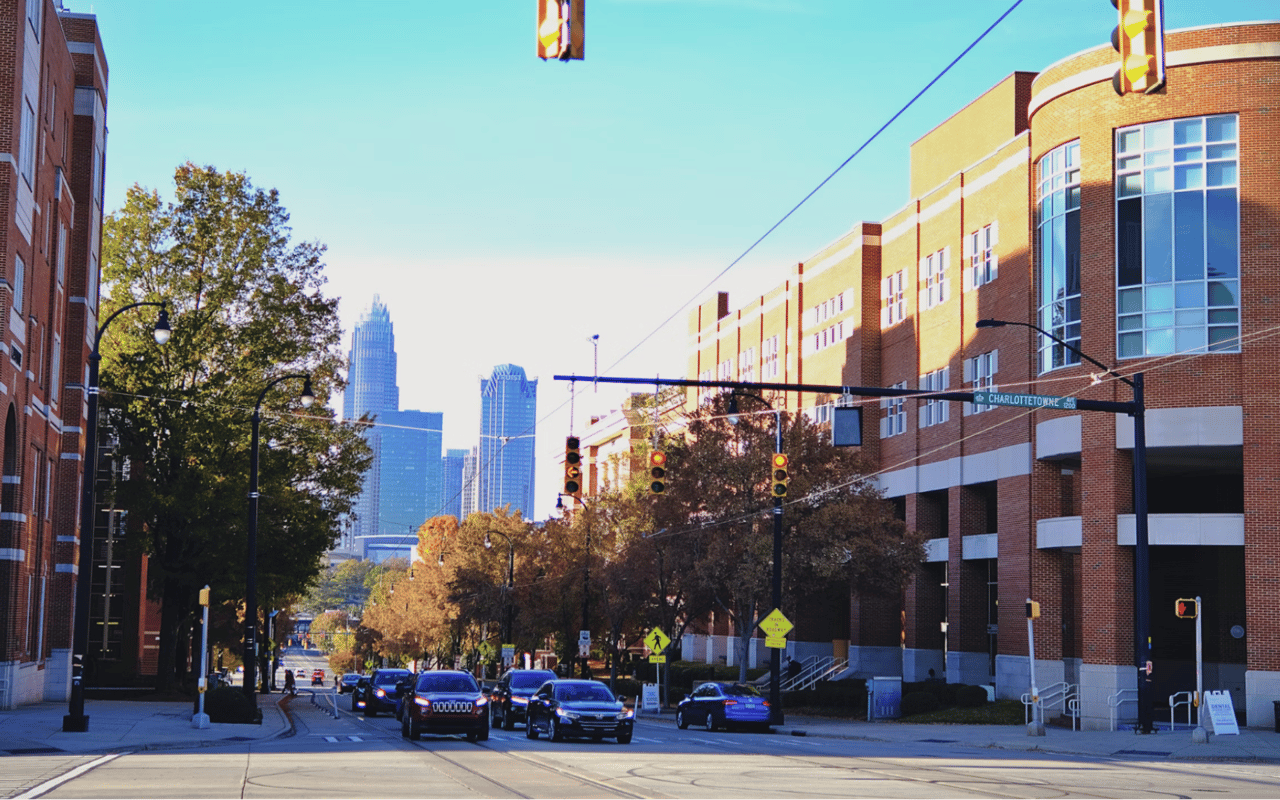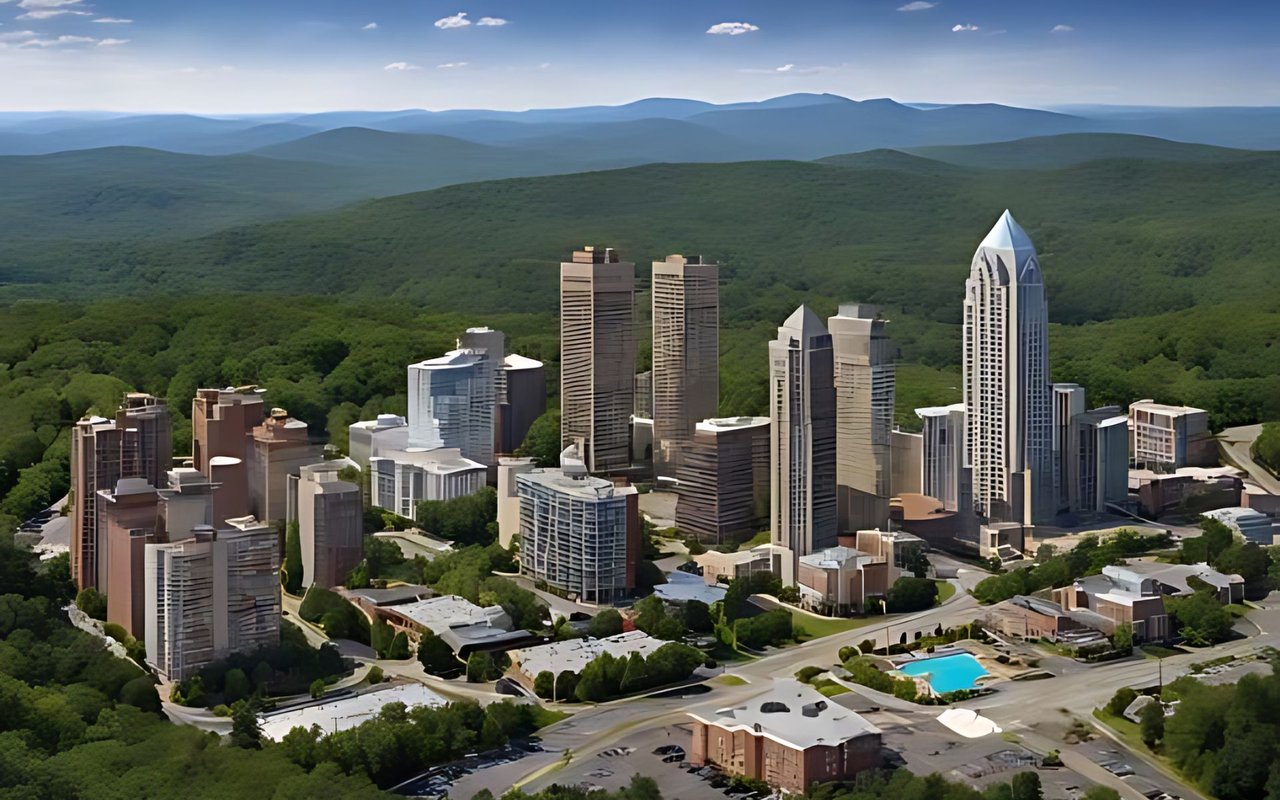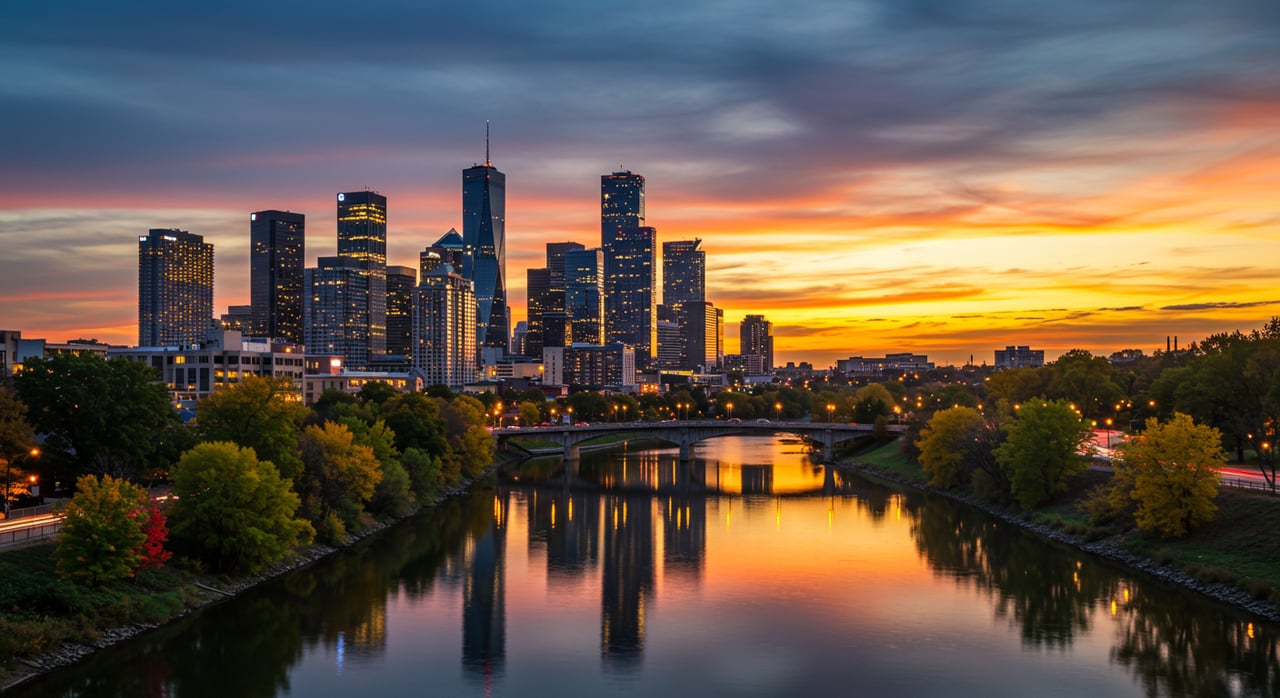An urbanist movement is sweeping the nation as residents of fast-growing cities fight to make them more pedestrian friendly.
- It’s difficult to narrowly define an urbanist, but most, generally, want to scrap car-centric city designs — think drive-thrus and expansive parking lots — in favor of dense areas that foster affordable housing and healthy public transportation networks.
Why it matters: Urbanism isn’t a new trend. Since the ’90s, urbanists have influenced policy in Charlotte. At times there’s been tension as the city government balances the big dreams of urbanists with Charlotte’s car-centric reality.
- The Future 2040 Comprehensive Plan, a weighty outline of goals and strategies for the future of the city, embraces many of the old-school urbanists’ principles.
- “Traditionally, we haven’t developed like this. We’ve developed in a suburban, sprawling-kind-of fashion with one urban area, i.e. our Center City, our urban core,” says Braxton Winston, Charlotte mayor pro tem. “But urbanism is defining how the city is growing now.”
What’s happening: There are several reasons why urbanism is catching on not only with planners and architects, but also with average citizens:
- The internet is amplifying voices.
- Gen Zers and millennials desire to live and work in walkable cities reminiscent of New York or Boston.
- Some self-described urbanists are driven by a growing awareness of climate change.
- People are also concerned about road safety. In 2015, Al Gorman, a 73-year-old who’d overcome homelessness, was hit and killed by a car while riding his bike. A “ghost bike” — put up on Parkwood Avenue in remembrance of him and, in part, to remind drivers to watch for cyclists — was damaged by another car less than a month later.
Flashback: In urbanism, cars used to rank high in importance, UNC Charlotte professor emeritus of architecture and urban design David Walters tells me.
- After World War II, home and car ownership in America surged. To oblige the new lifestyle of convenience, new roadways, like Brookshire Freeway, splintered through Black neighborhoods. Poor residents, however, lacked the resources to fight back.
- “You got a new car, so you want a new road. The whole thrust of city design was accommodating the car. Bigger roads and bigger parking lots. We see the results of that,” Walters says, pointing to Independence Boulevard, which opened in 1949, as an example.
“All the main roads in almost every American city became wider, and all the buildings were pushed way back, and there were acres of free parking.”
By the turn of the century, urban designers and planners nationwide ignited a movement to deprioritize the car and build with pedestrians in mind. Their ideas were bundled under the umbrella term “new urbanism.” But the ideas are actually old, rooted in the way European cities were built.
It’s why old New York City blocks are narrow; they were built for life before the automobile.
- National leaders of the design revolution formed the Congress for the New Urbanism. During a 1994 conference in Charleston, its members adopted a charter outlining their vision for walkable, diverse communities.
- CNU is hosting its 31st annual conference in Charlotte this spring, inviting more than a thousand experts in urbanism.
The Charlotte Urban Forum, which Walters was a part of, was the avant-garde in bringing new urbanism principles to Charlotte, he tells me. They met on Saturday mornings and hosted thought-provoking events. With local journalist Mary Newsom as a member, they had theplatform of the times to spread their message: The Charlotte Observer.
- Newsom ruffled through her old files to help me with this story and uncovered the group’s written goals. Dated November 1998, it stated a mission to encourage “sensible planning” and “development that is friendly to people and sensitive to our environment.”
- “We viewed our mission as to help educate people in Charlotte, the policymakers and the general public, that just continuing a pattern of designing everything as though it was in the suburbs, even if it was in the middle of the city, was — my words here — road to perdition,” Newsom said.
The forum faded away as key players moved out of town or passed. By 2010, there were new players in town.
- In recent years, with the ear of politicians, Sustain Charlotte has been an active voice in the creation of the 2040 plan and the subsequent overhaul of zoning regulations. The nonprofit advocated for changes like not requiring developers to pave parking spaces for construction projects. It was also a proponent of permitting more multi-family housing options in single-family neighborhoods.
- “The goal of more urban living is efficiency, which makes it more sustainable at the end of the day. You’re using less resources; there’s less miles of road; there’s less infrastructure, water, sewer; less school services, fire, police,” says Eric Zaverl, Sustain Charlotte’s urban design specialist. “The urban areas that are more efficient are actually paying for a lot of the sprawl that is happening around Charlotte in terms of tax collection per square foot.”
The latest: Over the past year, a group of like-minded locals (mainly cyclists) has emerged and garnered attention for its guerrilla approach to urbanism. Charlotte Urbanists made a name for itself by placing hand-built benches at bus stops and “reclaiming” streets with its Critical Mass bike rides.
It doesn’t have to push out its message in the newspaper. Most of that is done on social media.
“We are trying to have a larger voice and influence in this,” says co-founder John Holmes. “Probably one of the biggest ways we’re doing that is the social media campaigns, where we help people figure out how to talk to their city council members.”
- They describe their bike events as a “half-protest, half-party-bike-ride.”
- Co-founder Jacob Unterreiner says he recently cured his “car blindness.”
- “It just doesn’t make sense for people to each be bringing a personal machine of this size, spatially, it doesn’t fit very well into an urban area,” he says. “It creates a lot of danger for people outside of vehicles and in them, for that matter. The pollution, the noise.”
Recommended Reading: What is the Real Cost of Living in Charlotte?
A lot of Charlotte Urbanists’ work is about making points. When John Holmes cycles his commute at rush hour, he skips the back road for an “absolutely hostile roadway.” He describes breezing by hundreds of bumper-to-bumper cars on WT Harris Boulevard without issue, other than some concern for his safety.
- “If there was a safe, nice, wide bike lane on that route … imagine how many of those cars would probably be using that instead,” Unterreiner says of his friend’s commute.
Charlotte Urbanists, John Holmes says, strive to reach and represent underserved communities in Charlotte, many which disproportionately lack access to cars.
- “If we wanted to look at traffic fatalities, it would quickly show our poorest communities are the ones most affected,” he adds.
The other side: The same way bicyclists and drivers clash on roadways, urbanists are met with resistance from city leaders balancing budget and time constraints, residents striving for the American Dream of a single-family home, and those who don’t see the benefit of public transit, often because they don’t need to use it.
The entire City of Charlotte was divided over the decision to open up single-family neighborhoods to more medium-density housing.
- A Twitter fury erupted this month when Lawrence Shaheen, a well-known Charlotte attorney and political strategist, posted a photo of a line of cars next to a clear car-turned-bike lane.
- “The unhealthy obsession with bike lines in transportation policy is beyond comprehension,” he wrote, later adding, “The bike lobby is real, loud, and effective apparently.”
Zoom out: So, when did the City of Charlotte start to lean into new urbanism? Over the last decade, hires in the transportation and planning departments have brought urbanist perspectives to the city staff, planning manager Monica Holmes tells me.
Major events that have come to Charlotte — like the 1994 Final Four and the 2012 Democratic National Convention — shined a spotlight on Uptown: what it had to offer and where it lacked, most notably, in walkability.
- As the LYNX Blue Line was built in the early 2000s, Charlotte passed a transformational transit-oriented ordinance promoting wider sidewalks, less parking and taller buildings along the light rail. An update of the regulations a few years ago raised the bar for design, Monica Holmes says.
- “All the (new) development that you see in South End … most of it was built under that ordinance,” Monica Holmes says. “It really created a framework for walkability.”
Zoom in: One particularly urbanist goal within the 2040 plan is the establishment of 10-minute neighborhoods. In a 10-minute neighborhood, you should have access to all your daily needs within a quick walk or bike ride. The amount of gas used should be “nearly negligible,” Walters says.
Yes, but: John Holmes notes the city has, at times, stalled progress on the visions laid out in the 2040 plan, especially when petitioned to rezone land for auto-centric projects, like drive-thrus.
- In January city council approved Fifth Third Bank’s plans for a new drive-thru branch on Woodlawn Road as well as a drive-thru Chick-fil-A on South Boulevard. (John Holmes was firedfrom Chick-fil-A for publicly fighting against the rezoning.) In August council OK’d another Chick-fil-A with a drive-thru window near Grier Heights.
- Currently, city council is considering whether to allow Chick-fil-A to demolish its building in Cotswold and replace it with a drive-thru-only operation.
What they’re saying: I asked Newsom what the Charlotte Urban Forum would think of the city’s progress. “The old Charlotte Urban Forum would be pleased, but would be saying, ‘But there’s a whole lot more that you guys could be doing.'”
- She says the looming Cotswold Chick-fil-A decision is one where the city could veer in the opposite direction of transitioning to a walkable area.
Council member Winston, who in the past has voted against auto-intensive developments, says council is in a transition period between old paradigms and new.
Council member Ed Driggs, chair of city council’s transportation committee, says sometimes urbanists disregard today’s reality.
- For example, if council denies a drive-thru or parking, it’s also denying the many Charlotteans who are still driving a car the benefit of the amenity, or they’re creating hardships for people who don’t live near a robust transportation system.
“It’s kind of like you’re trying to wish away the cars,” Driggs says.
- Monica Holmes says the city wants more walkable places, but people still drive cars and need parking. “It’s like, people want the urban neighborhood, and they want the feel of that, they want the connectivity and the sidewalks, they want the buildings close together, they want it to feel like a big city. But we still have this tension of like, ‘Well, how do people access it?'”
The bottom line: It will take years for Charlotte to “undo” its car-dominated past. But an increasing number of people who move here — especially those from places with heavy traffic like Atlanta and California — identify with “urbanist” label. While Walters still thinks urbanists are “swimming against the tide,” that appears to be changing.
- “Slowly,” he adds, “but too slowly for us to beat climate change.”
Recommended Reading: 30 Things To Do In Charlotte This Weekend
